Stronza Releases Her Third Single “Time To Leave” – A Bittersweet Dance Track About Leaving Planet Earth
Local artist STRONZA releases her third single in anticipation of her soon to debut EP.
“Time To Leave” is, in the artist’s words, “about the last passenger spacecraft coming to collect us from planet earth as we’ve destroyed it to the point of no return. But yes, it’s a dance track. It’s a dark comedy, basically.”
With this track, there is unmistakable dancing to be had as STRONZA morphs the single from a soft synth sci-fi sound into a minimal techno bass and beat; later on unravelling it into a head-bopping banger that you’ll have on repeat as the soft female vocals transport you to a space beyond sound.
This latest single follows her first two tracks, both a synth celebration of post punk and the 80s mixed with early 2000’s alternative indie influences. STRONZA references Kate Bush, Depeche Mode, Bat For Lashes and The Cure among others.
Hailing from the Vaal, STRONZA’s journey took her to New York & LA for the last decade – where she’s been honing multiple creative endeavours – before returning to South Africa earlier this year. Her sexy, dark, pop music is geared for sex jam playlists, late night drives and bedroom dance-floors everywhere. STRONZA will be dropping another single in the coming weeks before her EP release.
Stream ‘Time To Leave’ on Spotify and Apple Music

ARTIST BIO ///
STRONZA is from Johannesburg, South Africa – a city of grit, passion, danger and authenticity. But in this electrical storm of a place, she was raised in a polite, controlled & conservative pocket of society that suppressed desire and self expression. So she birthed STRONZA – which means “bitch” in Italian – as an exploration and celebration of the shadow side. STRONZA is here to help you to celebrate your dark side.
STRONZA grew up playing Nintendo, watching American movies and listening to 80s & 90s music. Her synth obsession is rivalled only by her obsession with electro-clash, deep house and techno – so in her first EP, STRONZA blends the two, resulting in the sexy, dark, pop music for sex jam playlists, fast cars and late night dance-floors everywhere.

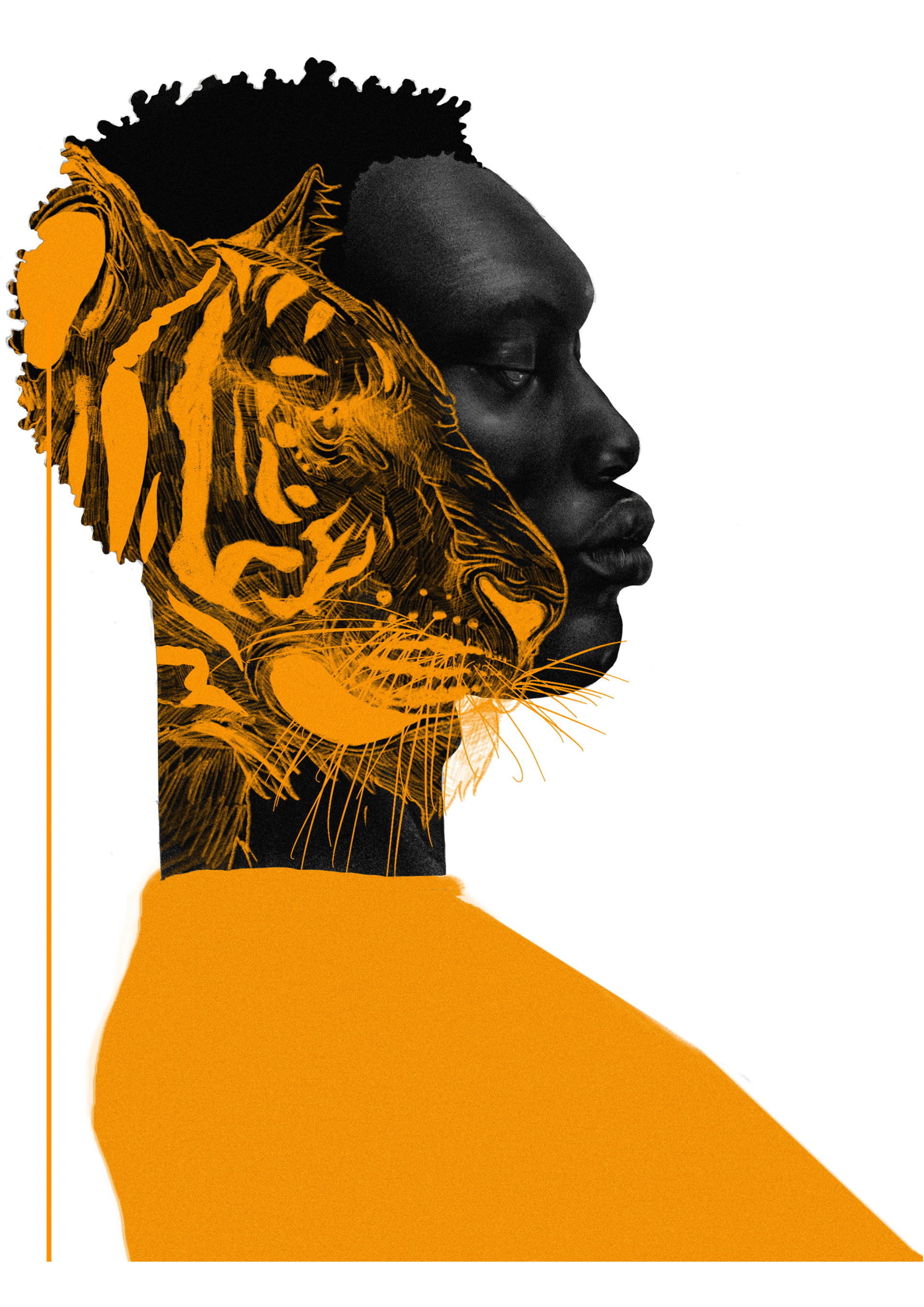
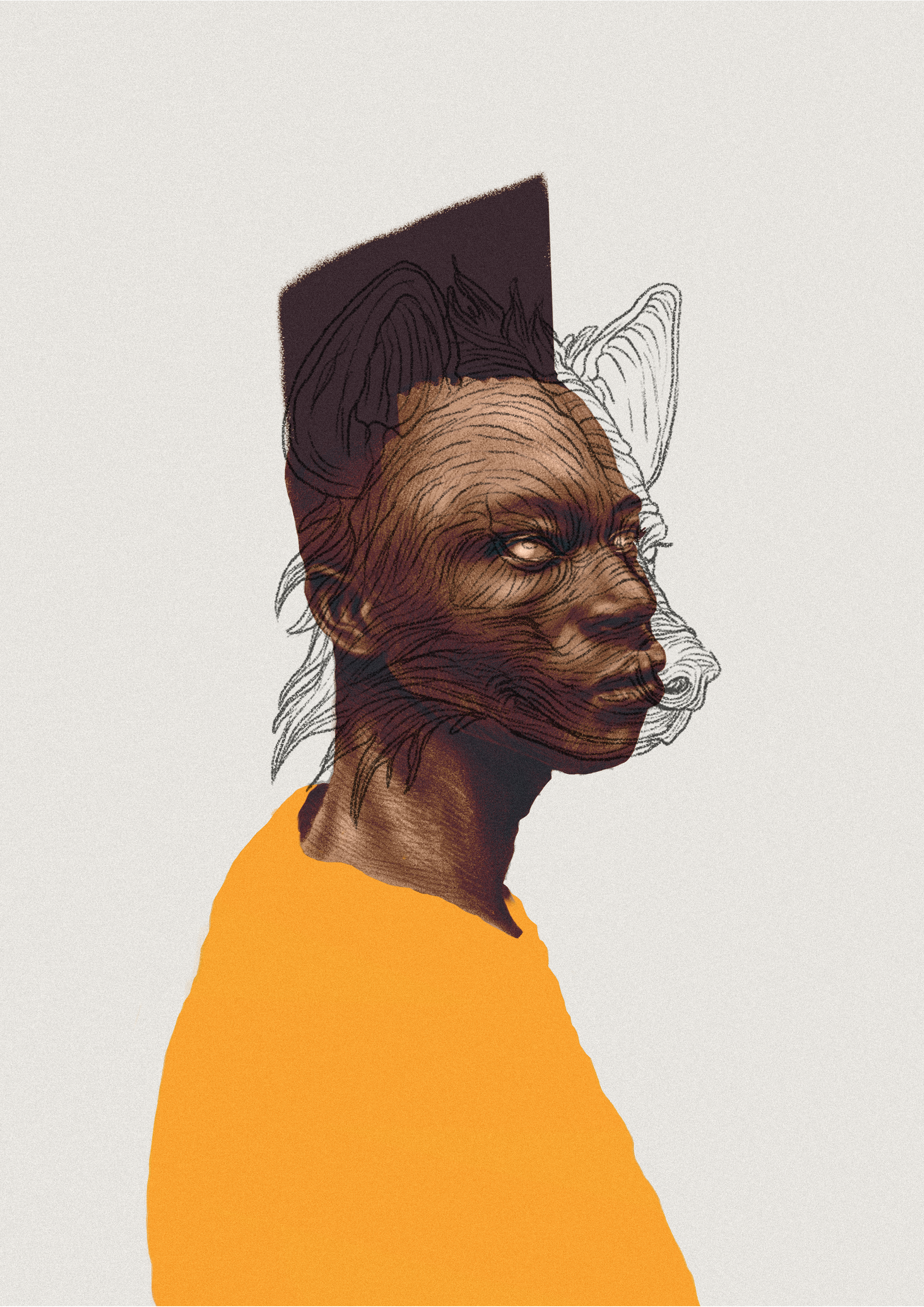
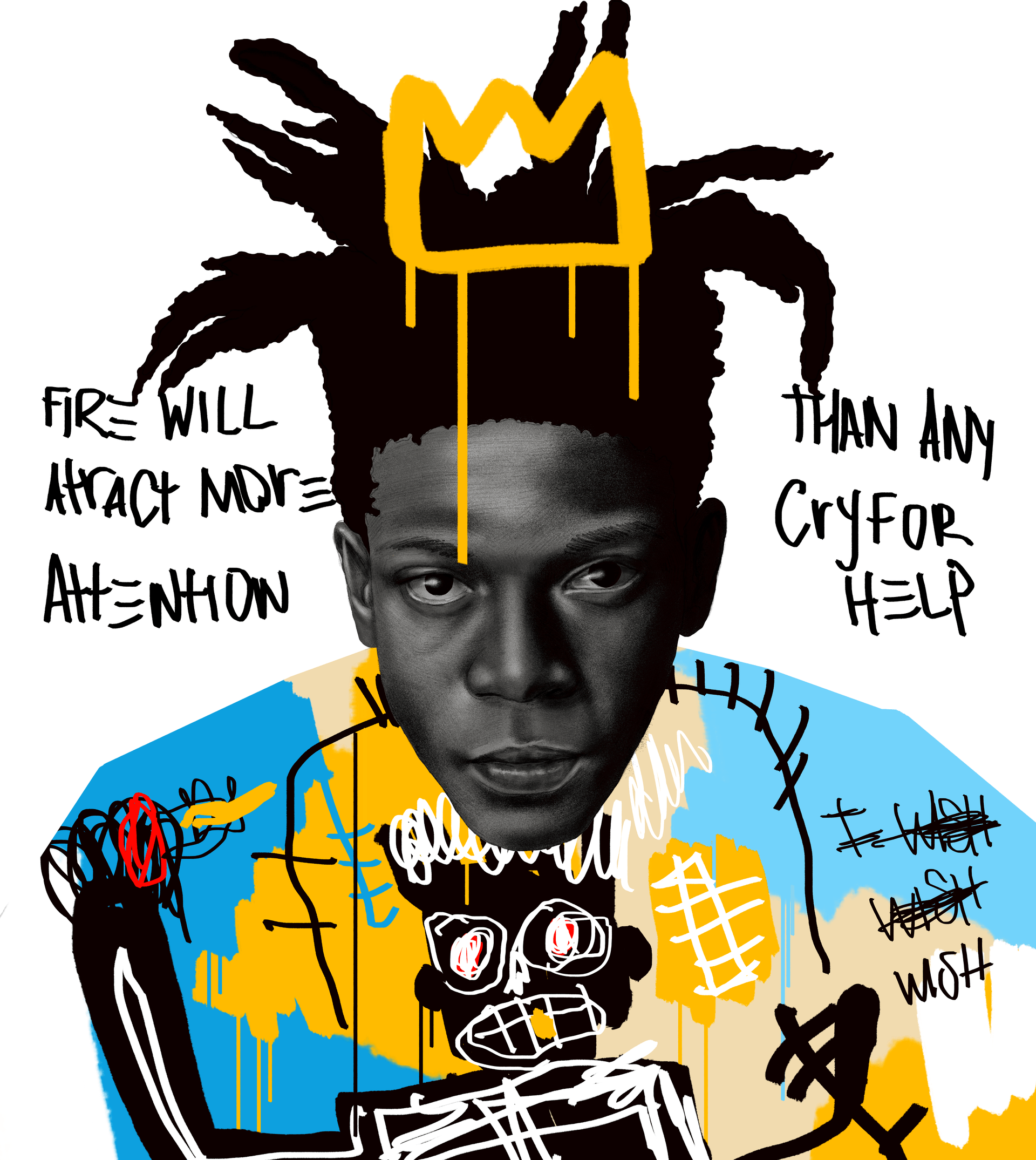
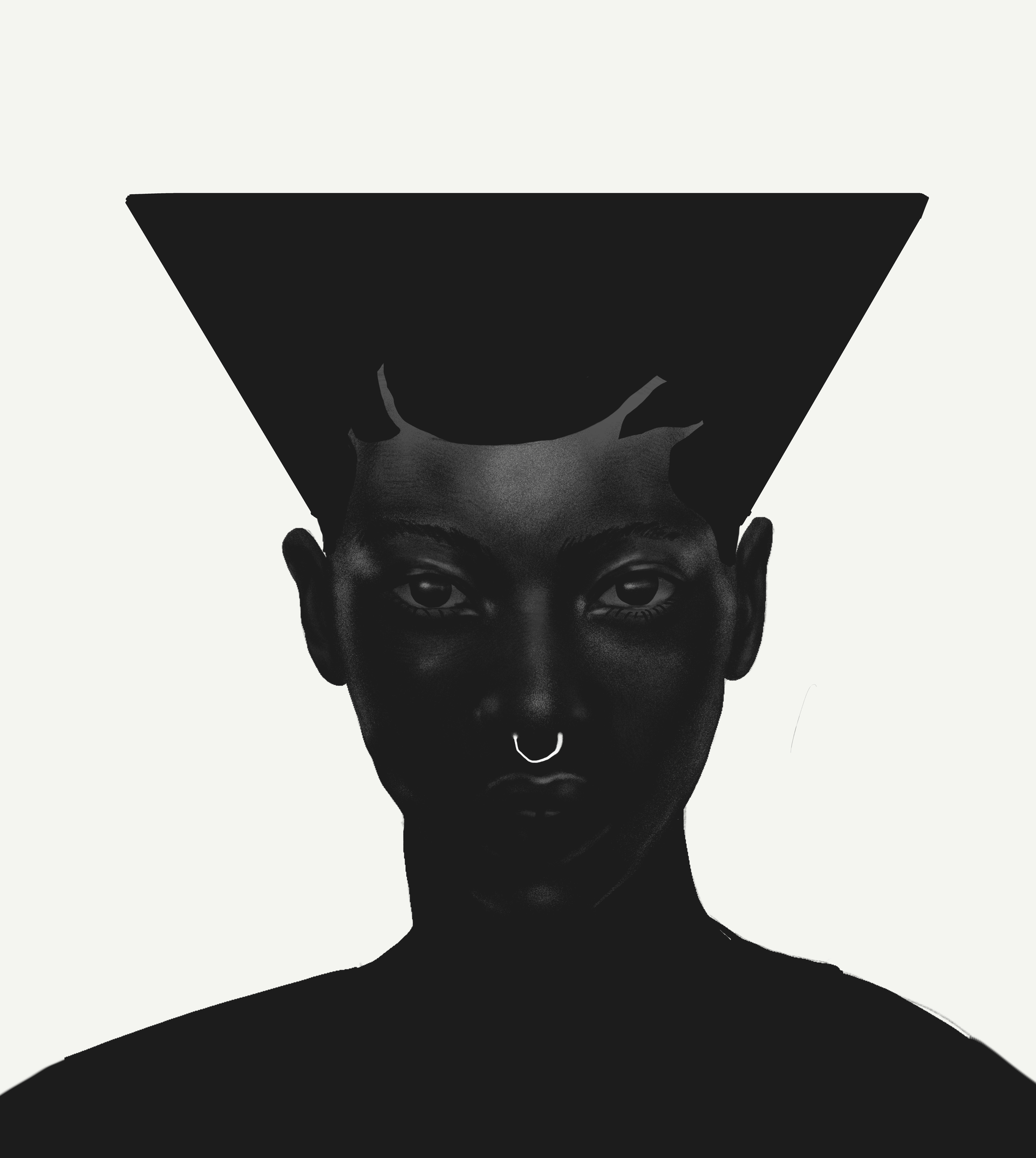
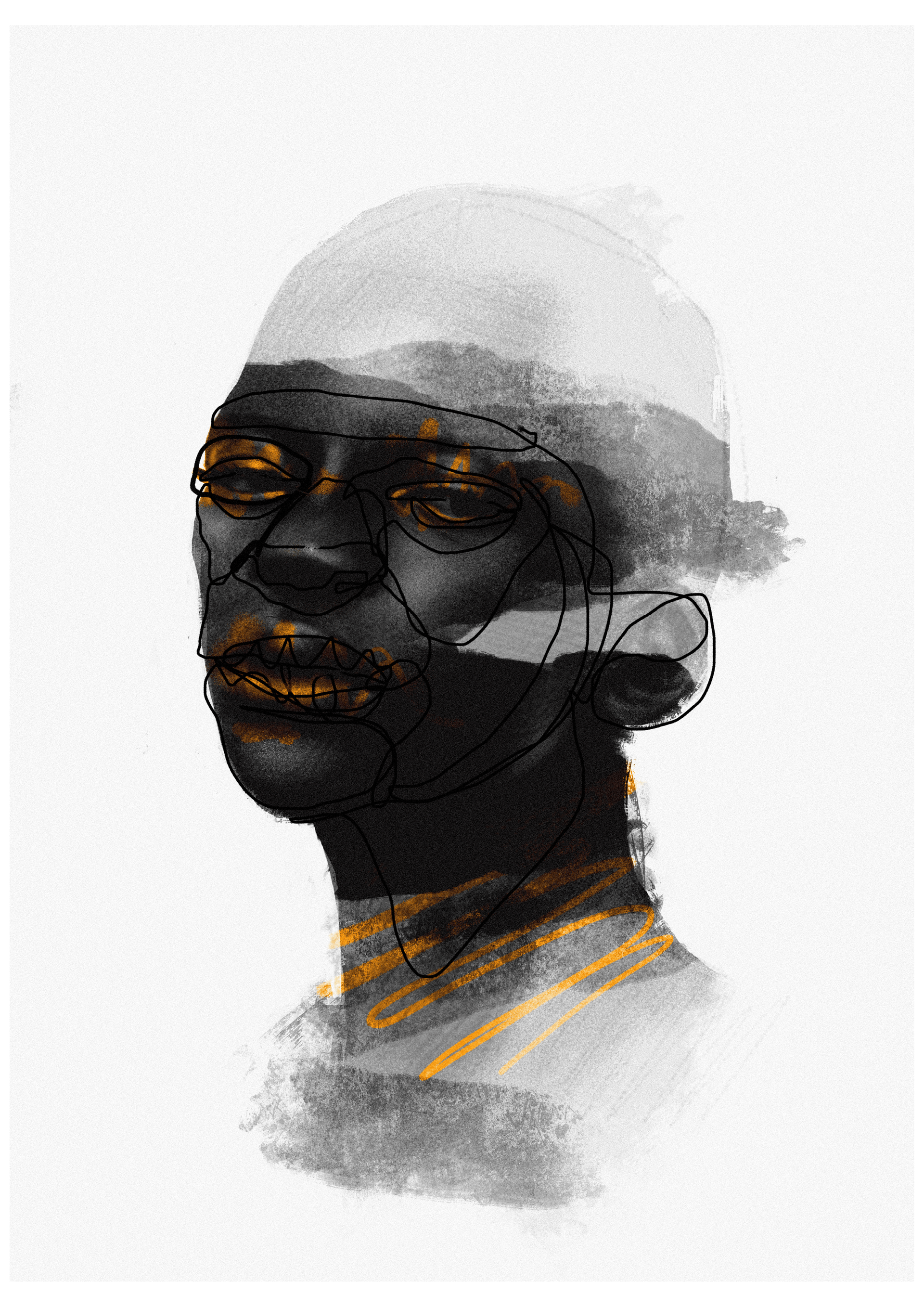
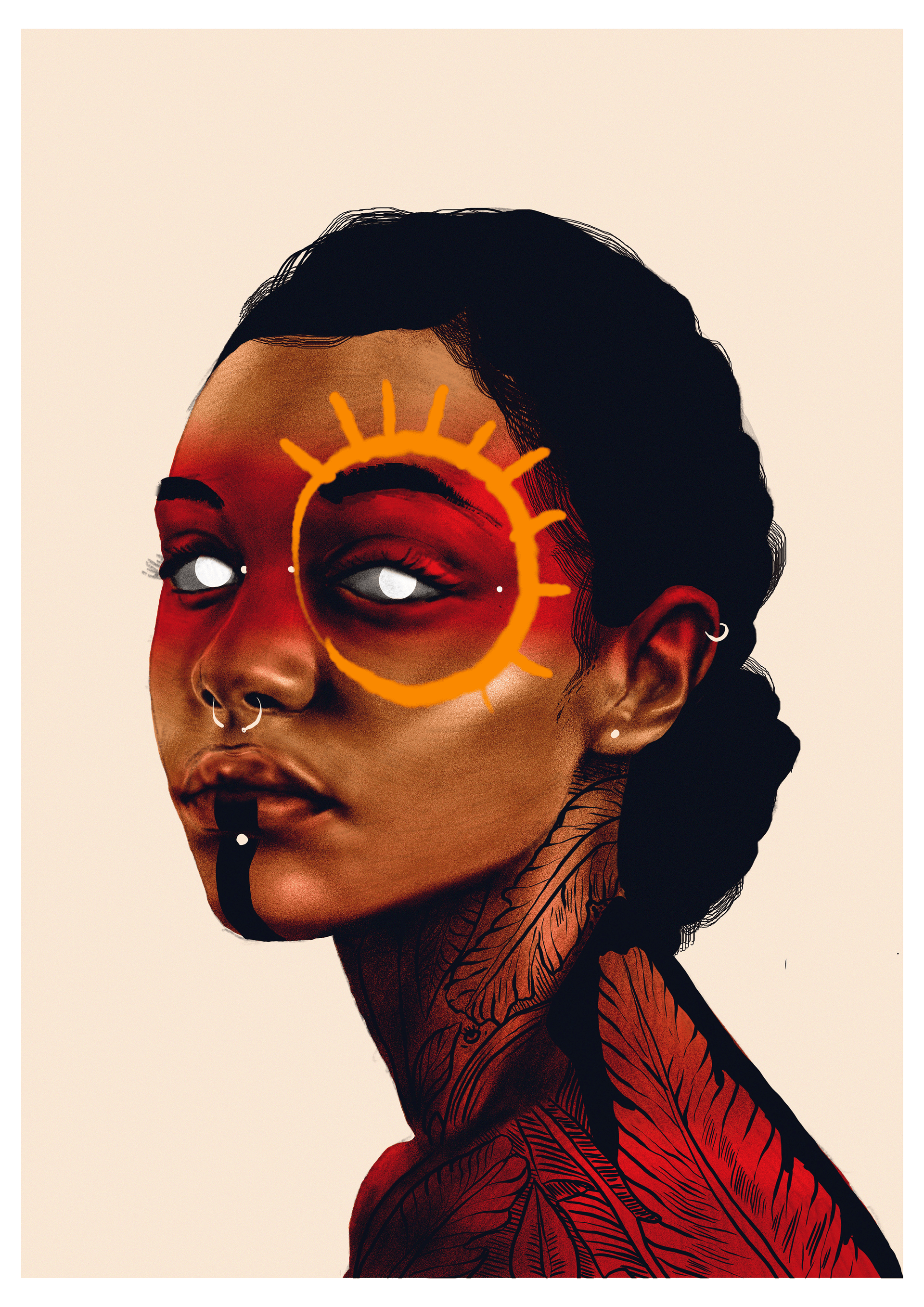
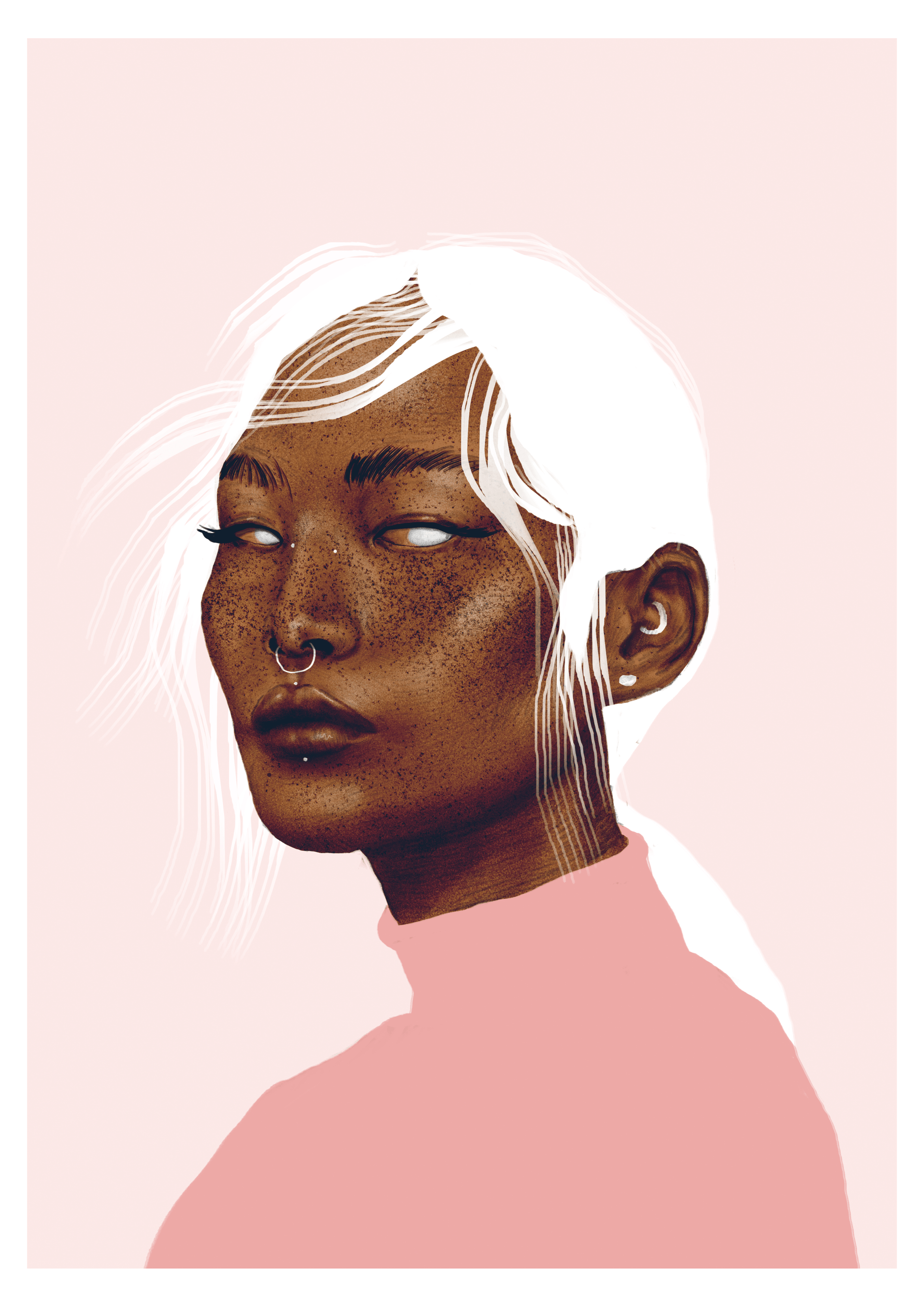


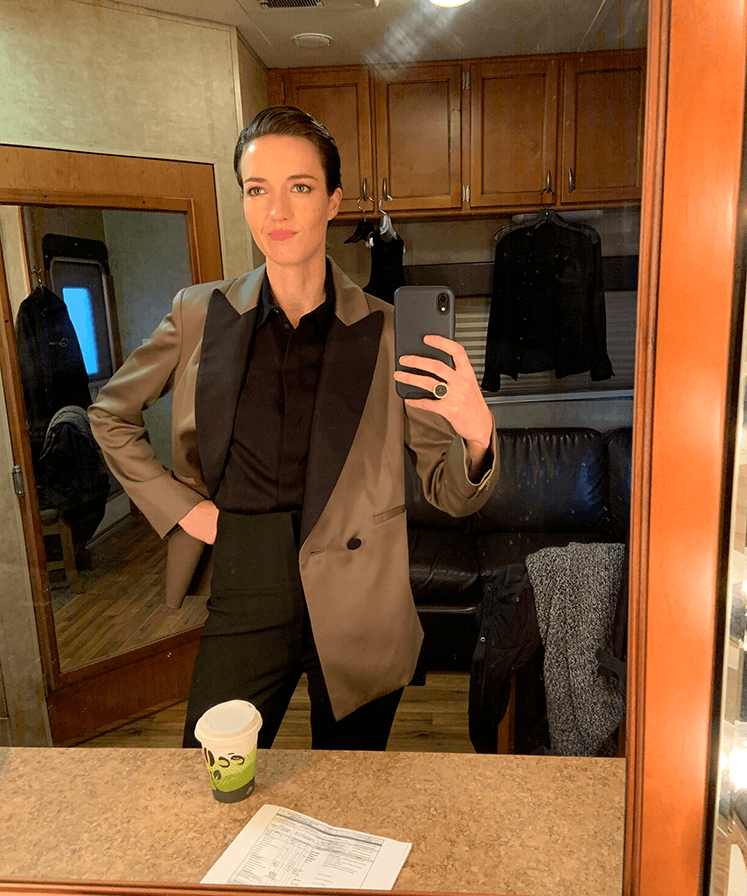
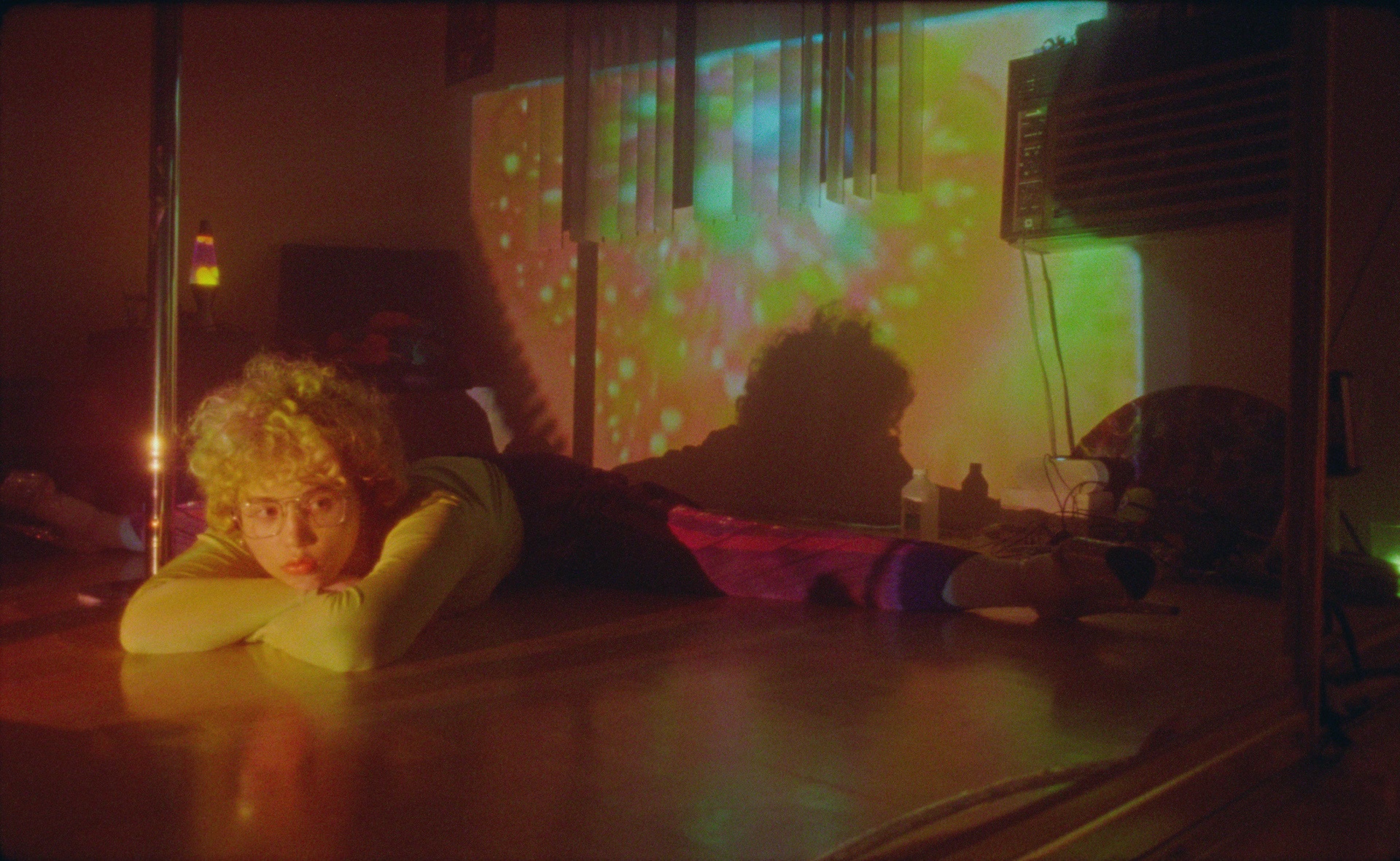
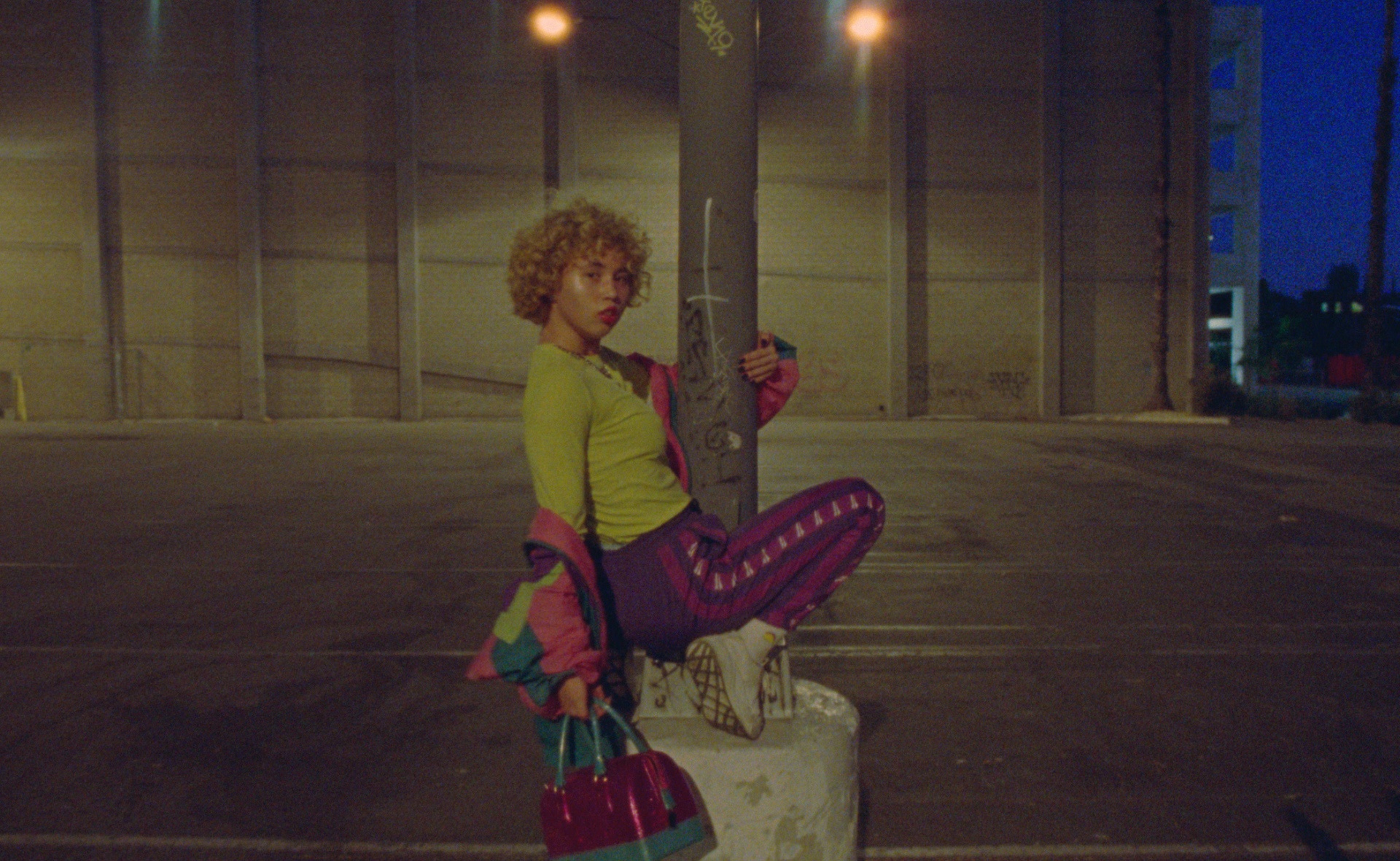
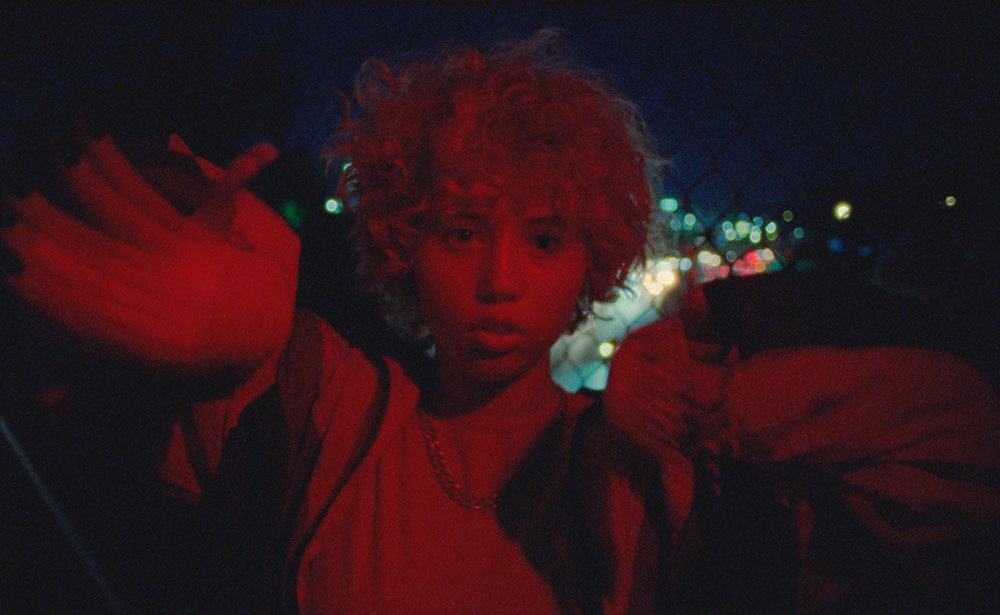




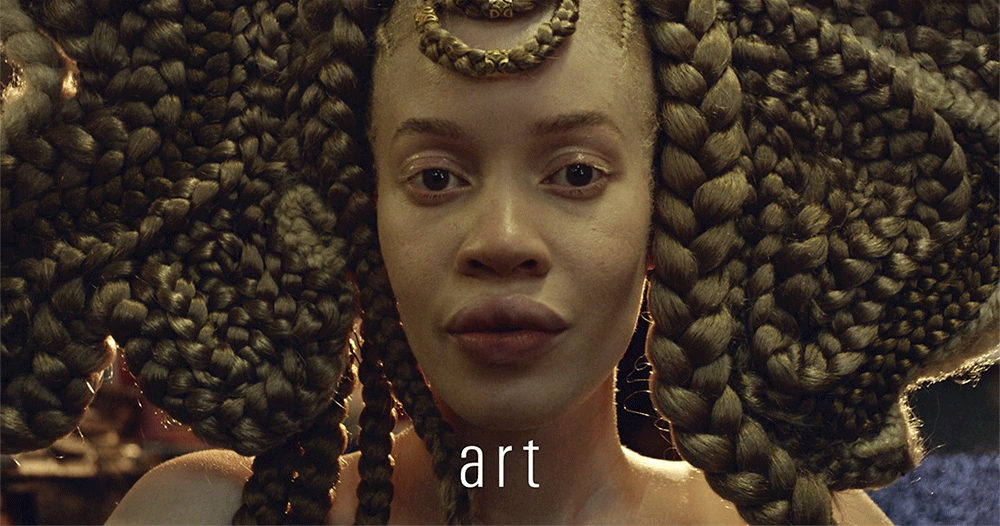
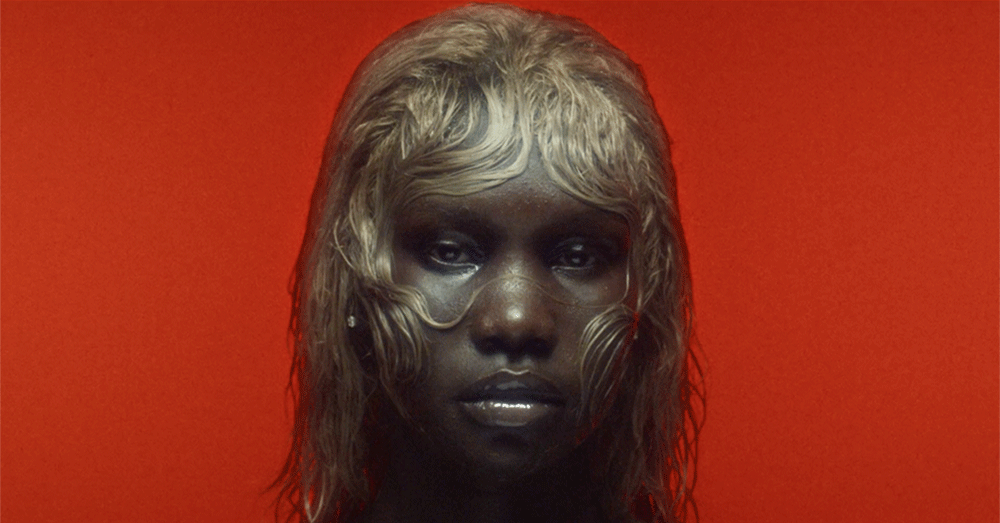



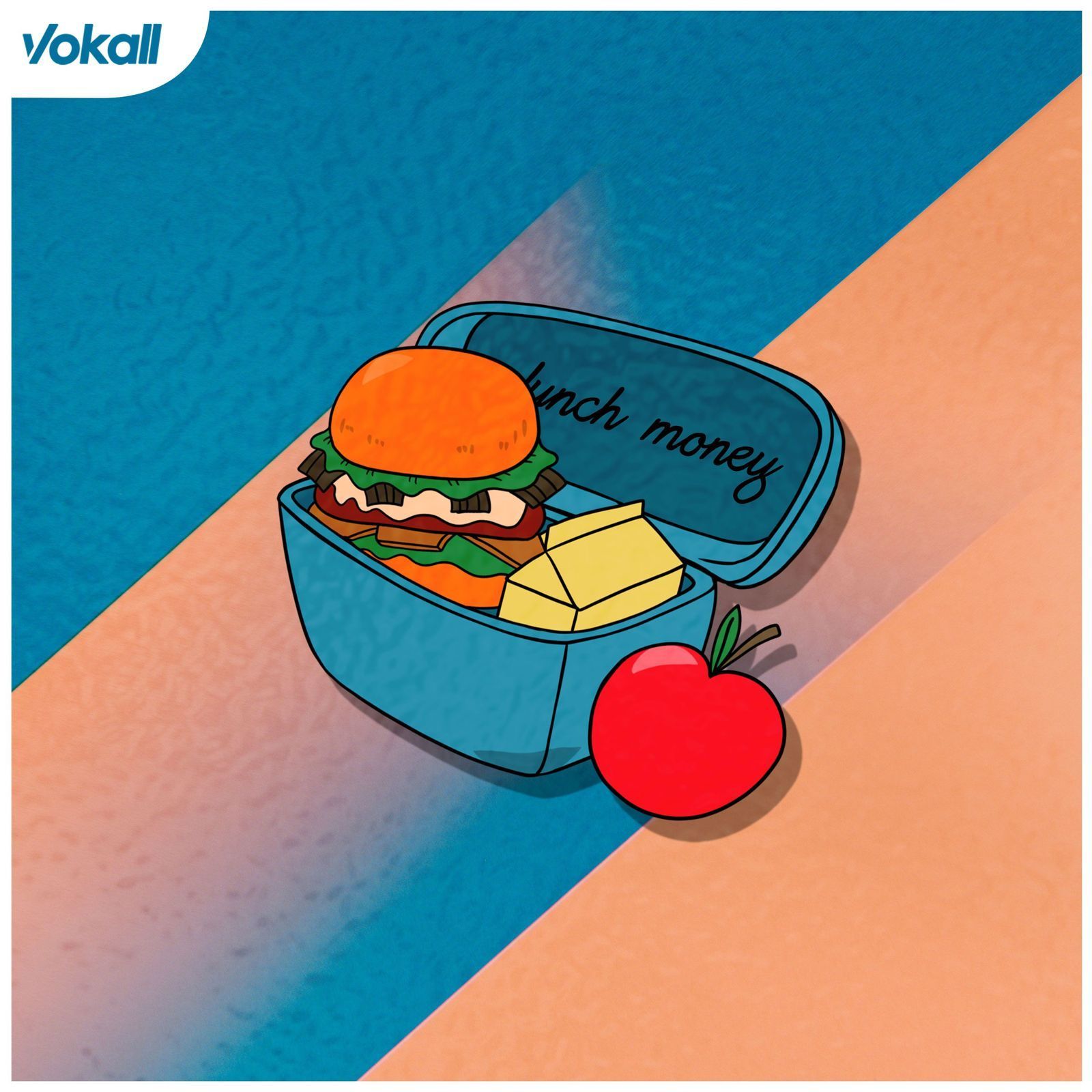
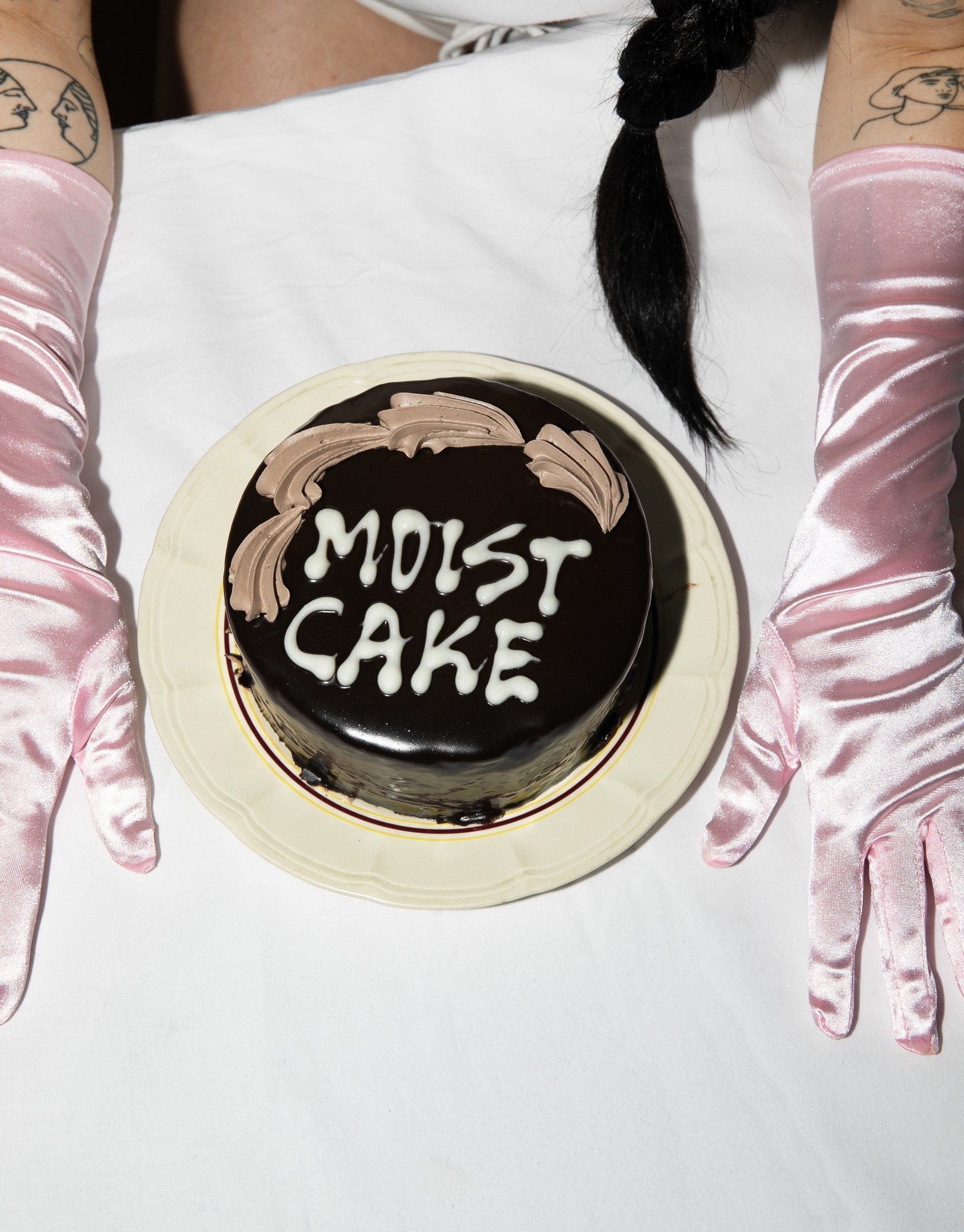

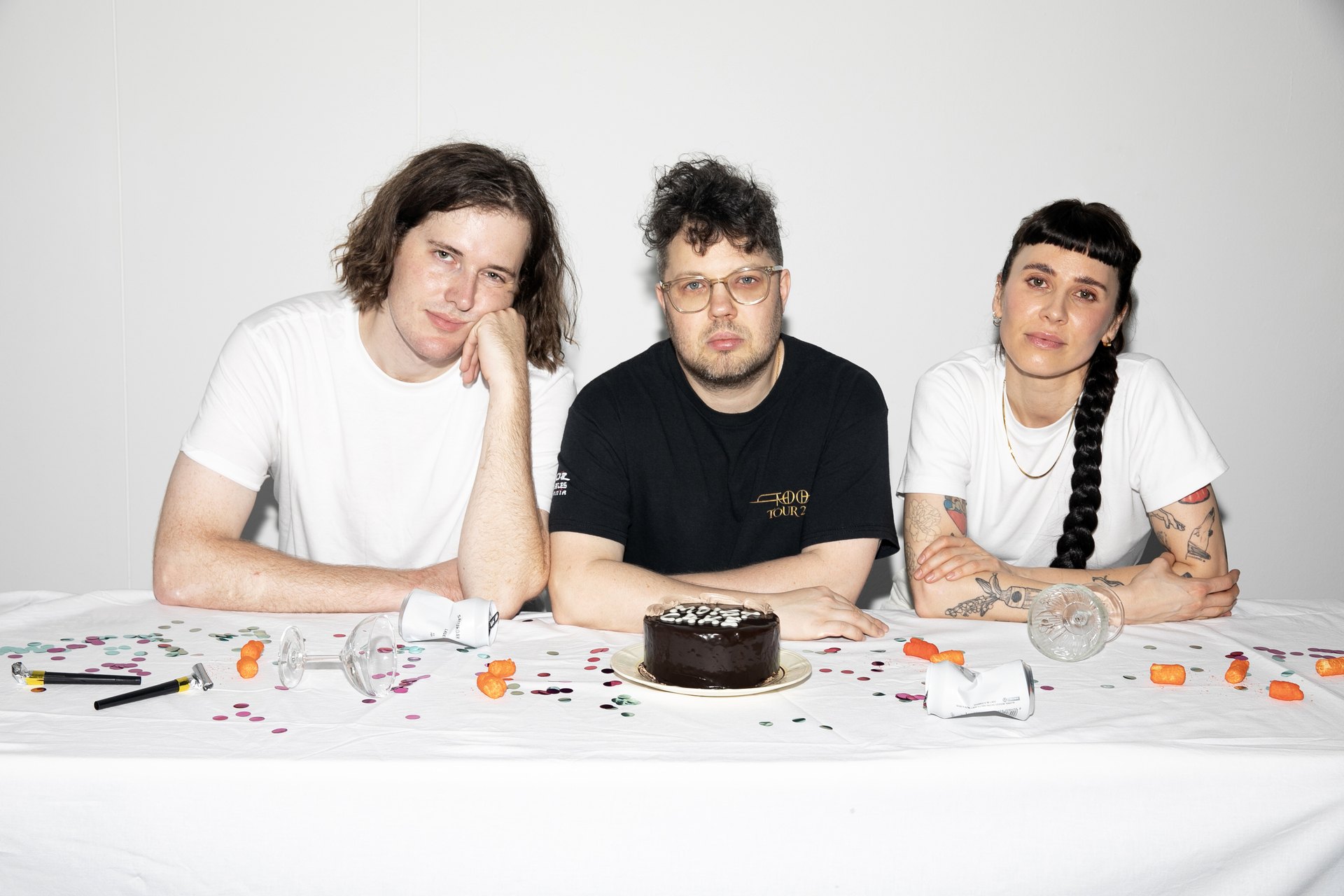

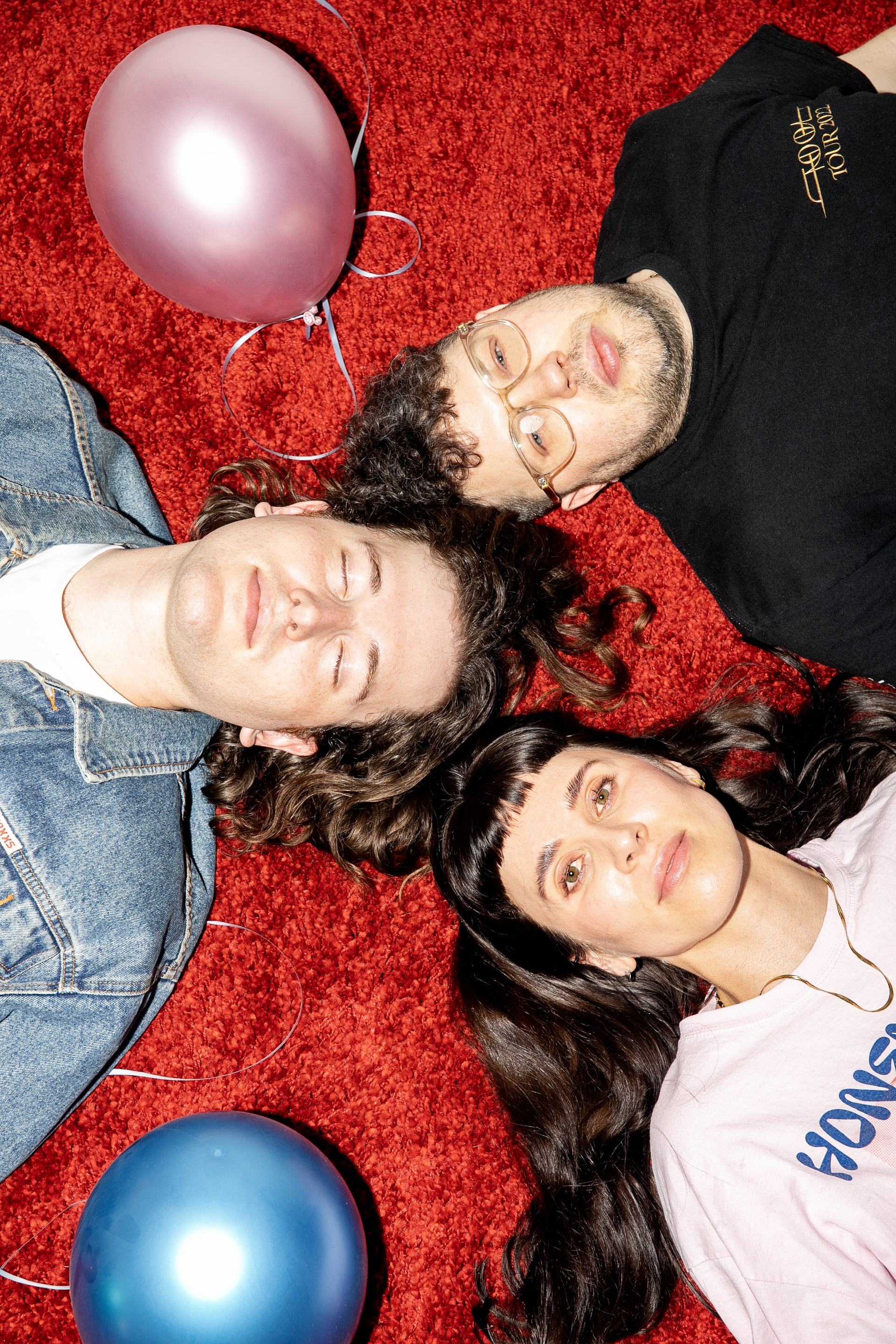

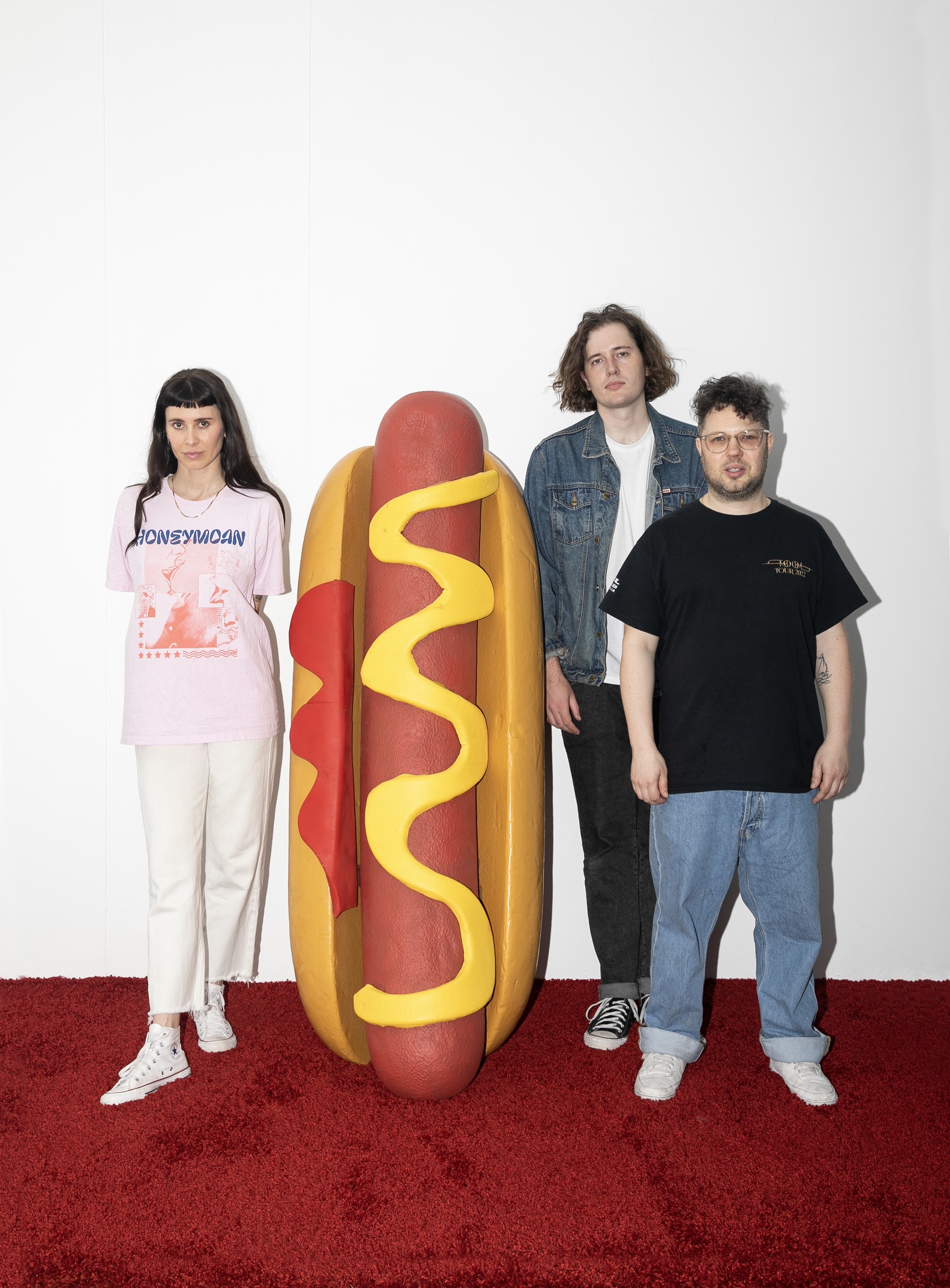

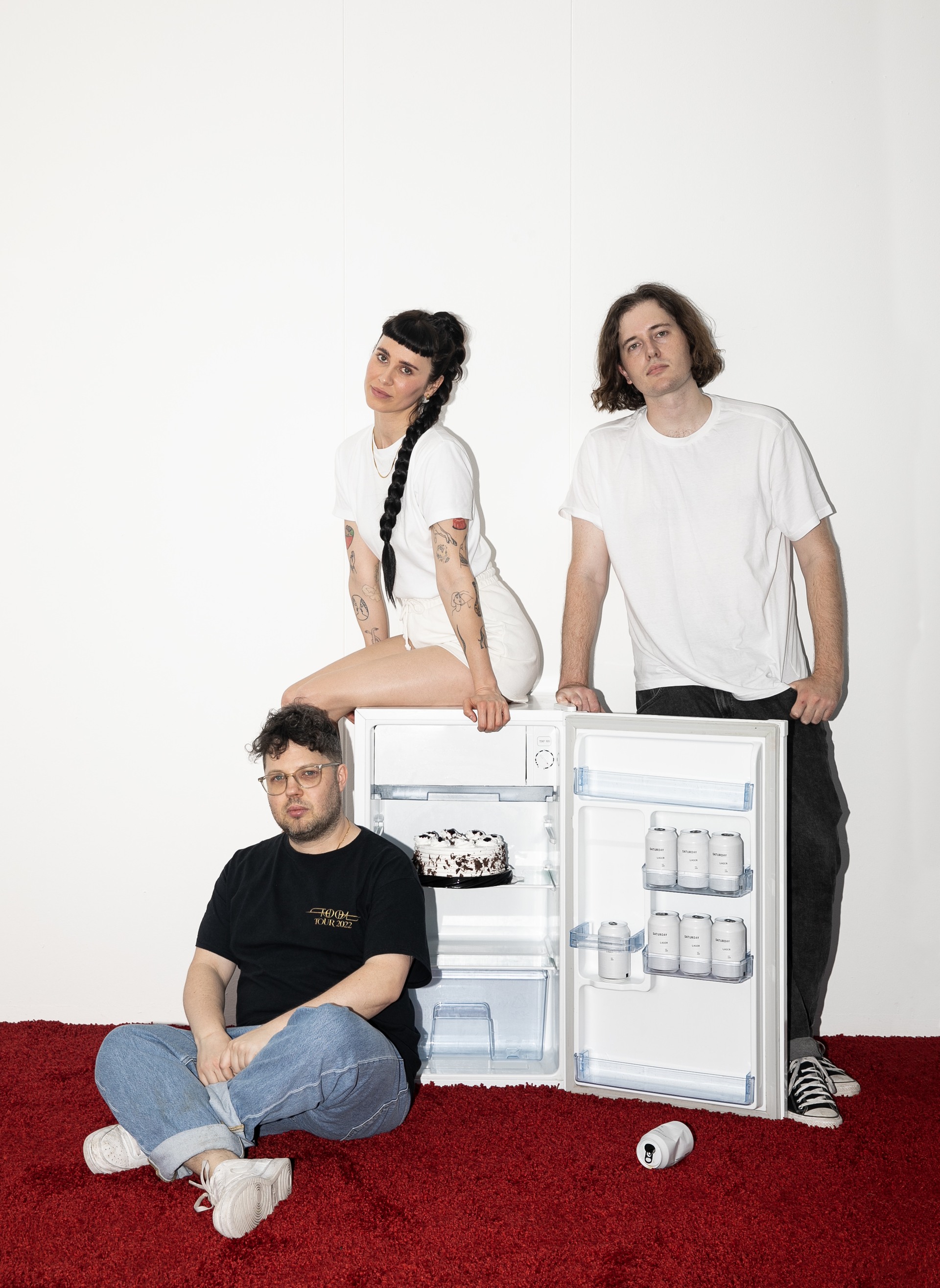
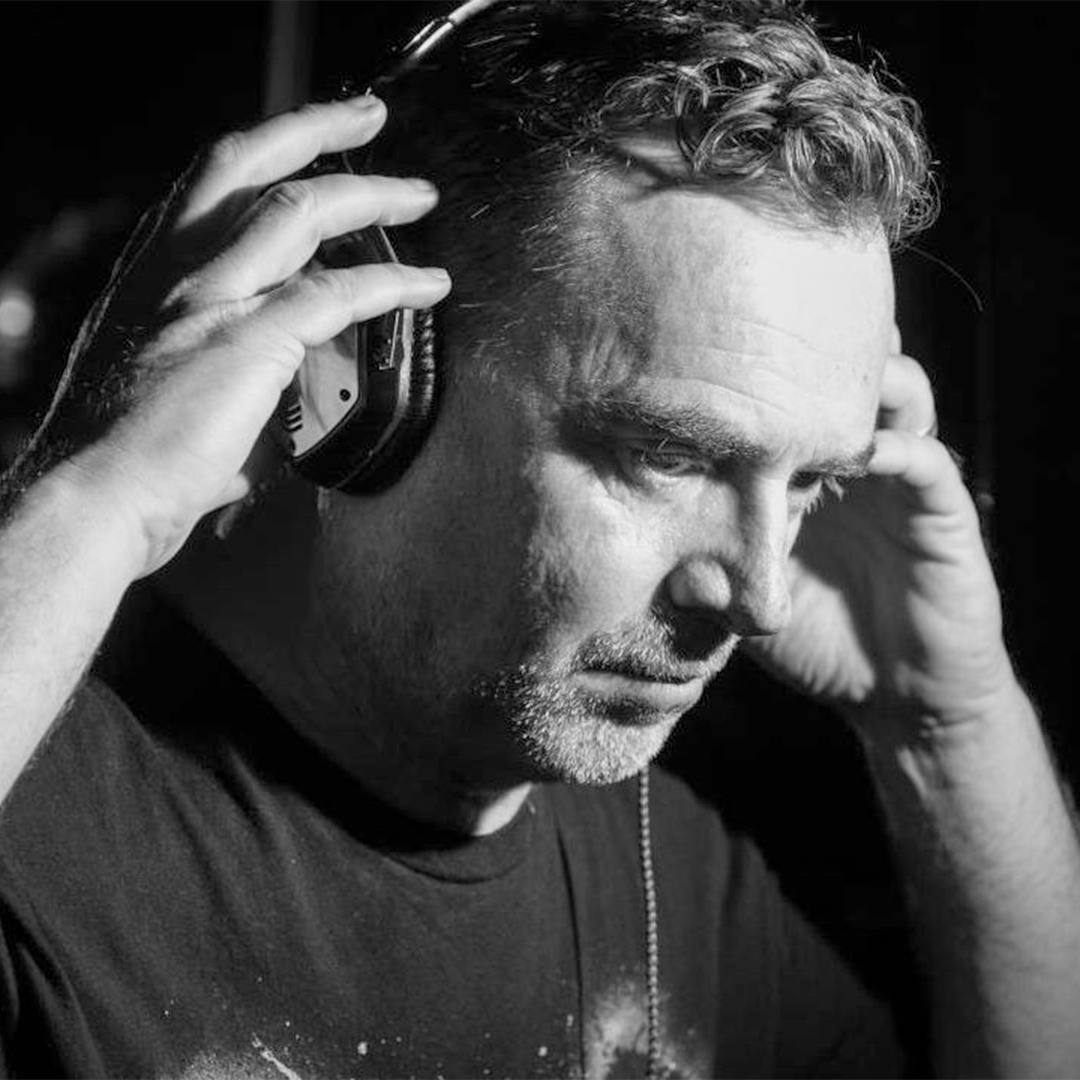
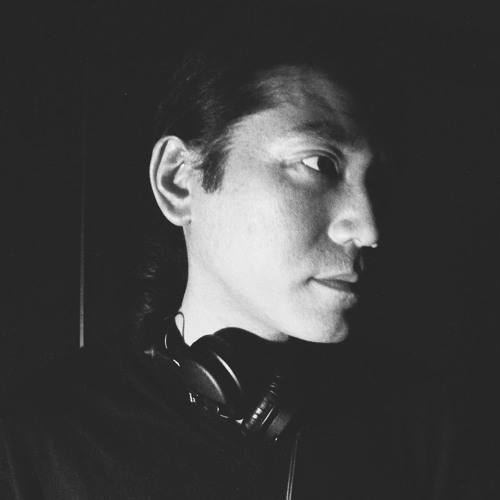
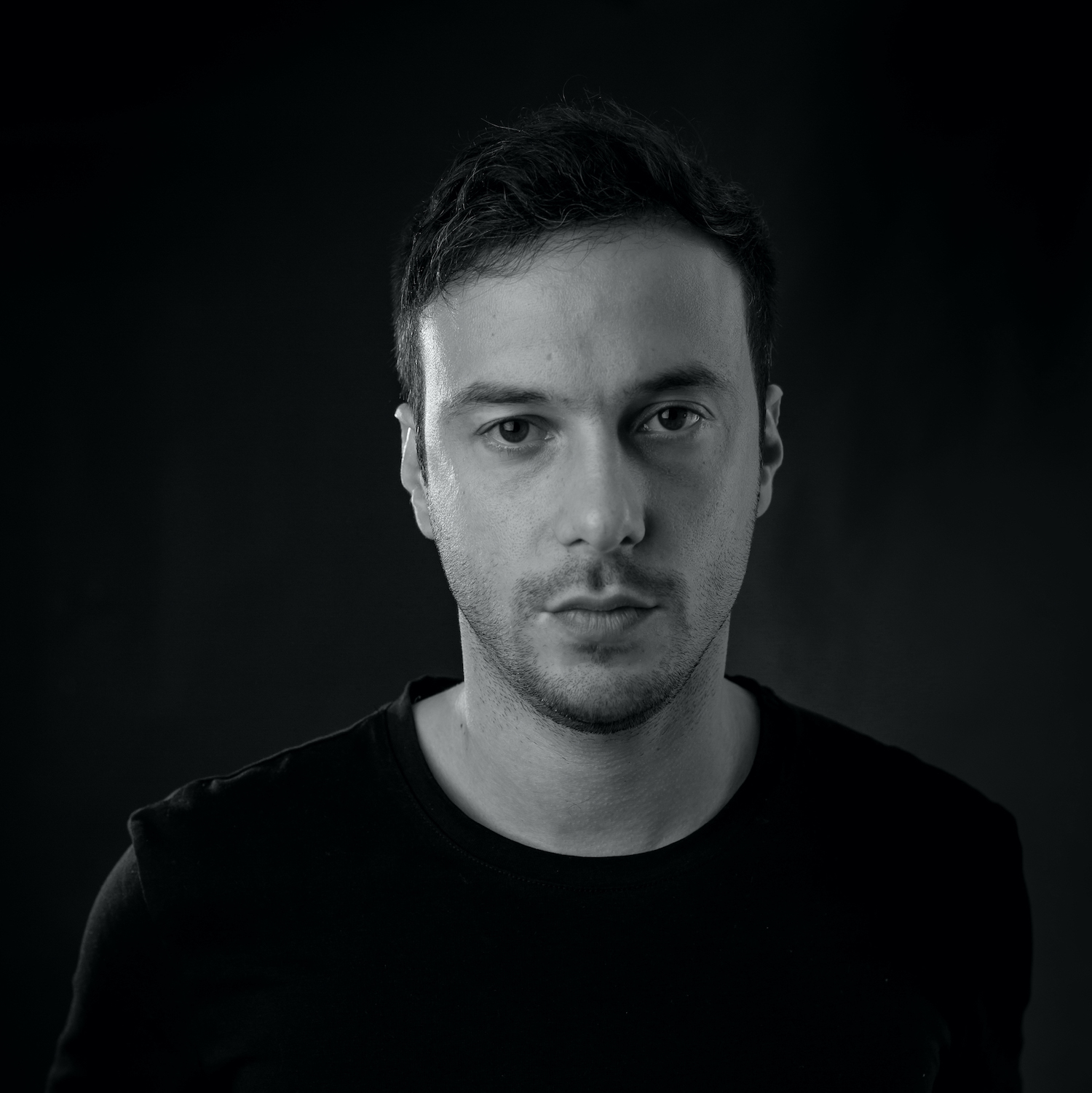
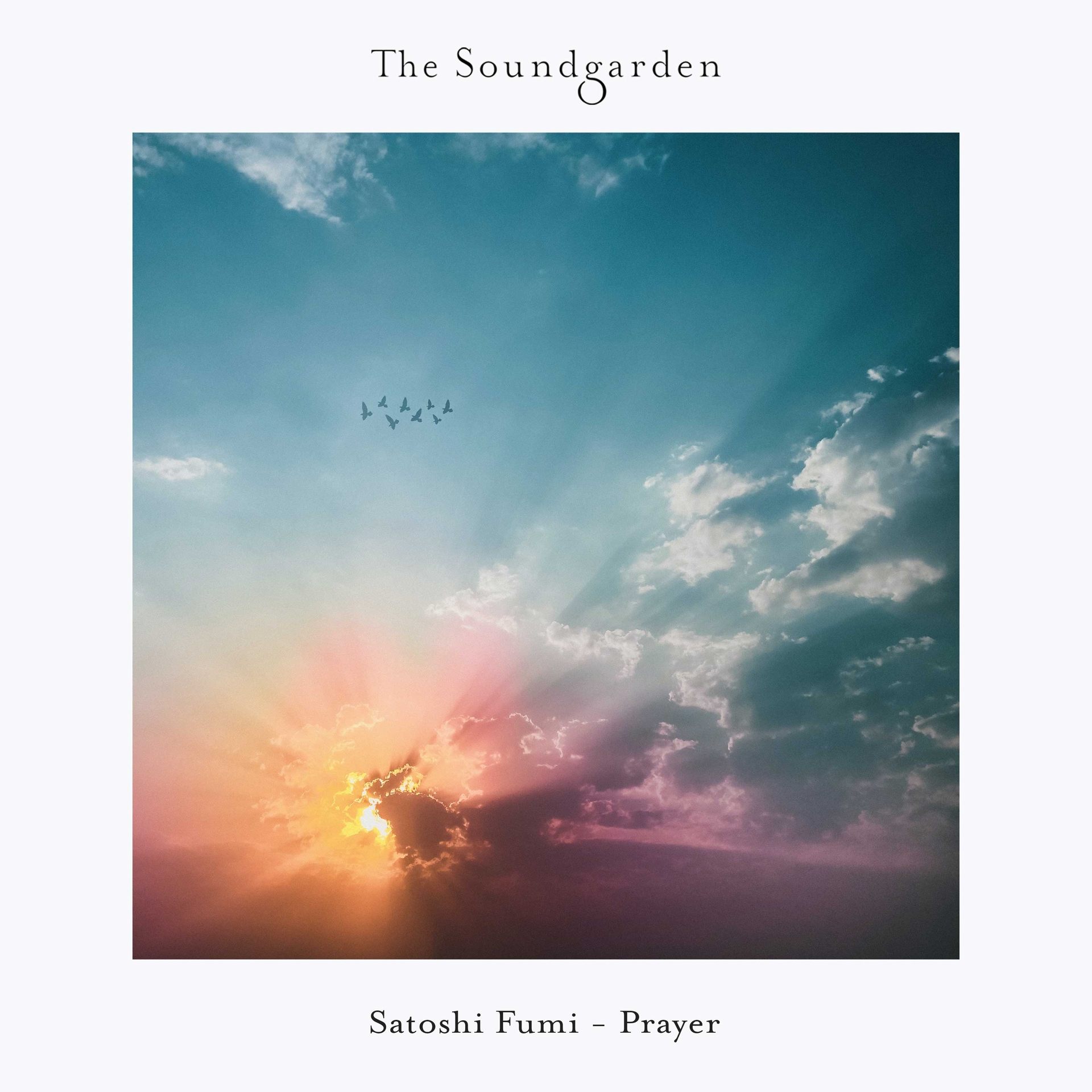
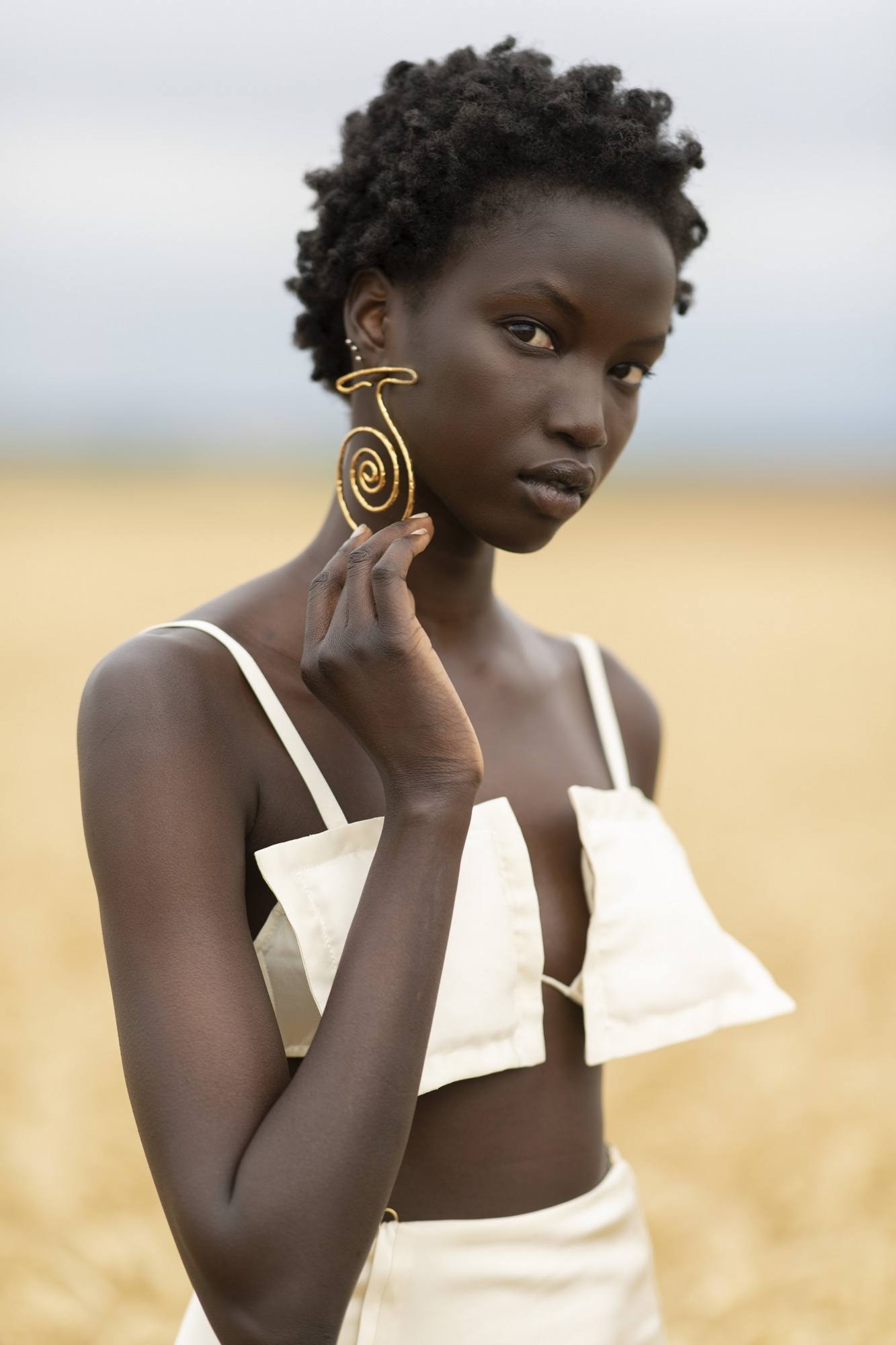


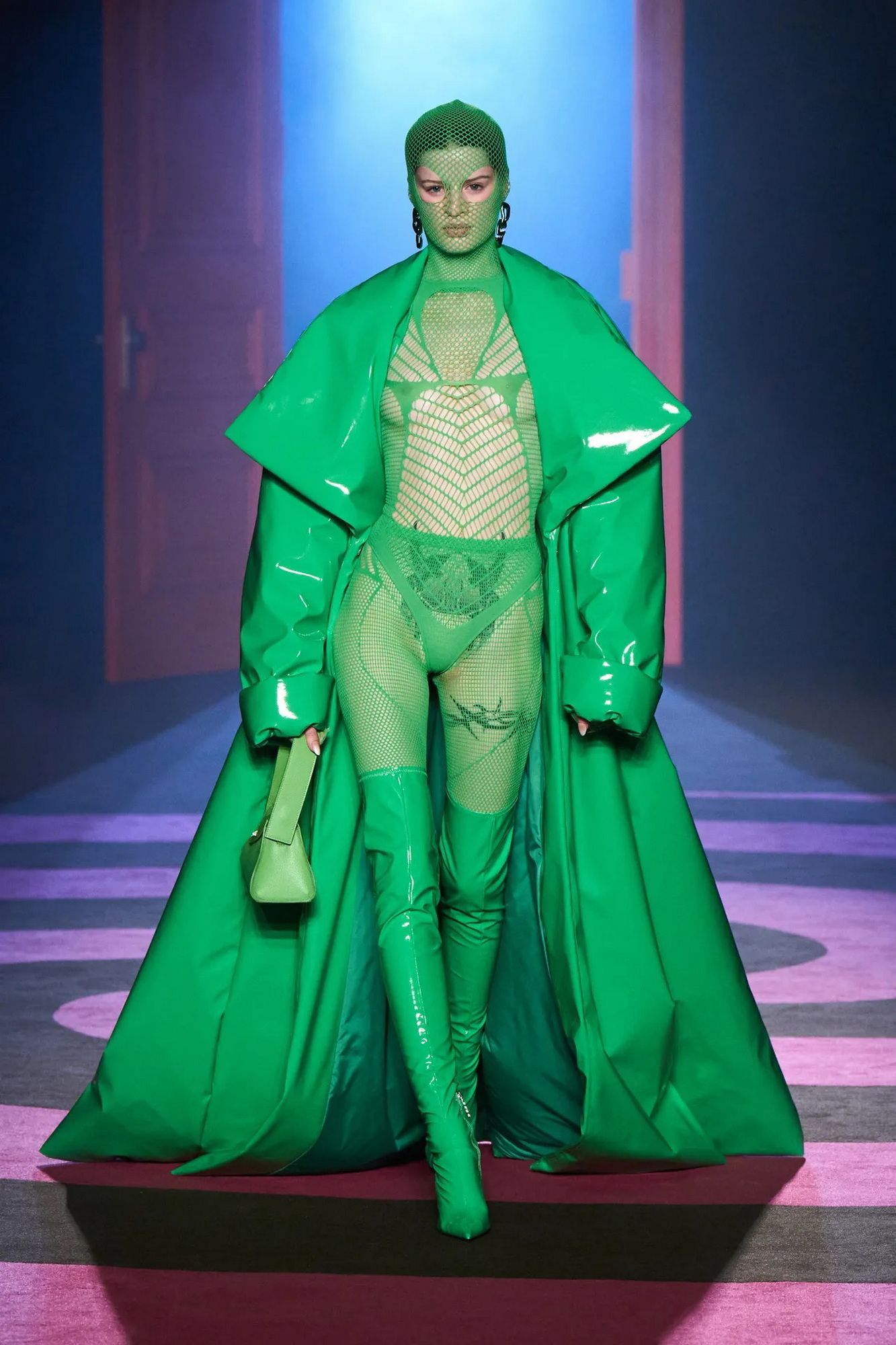




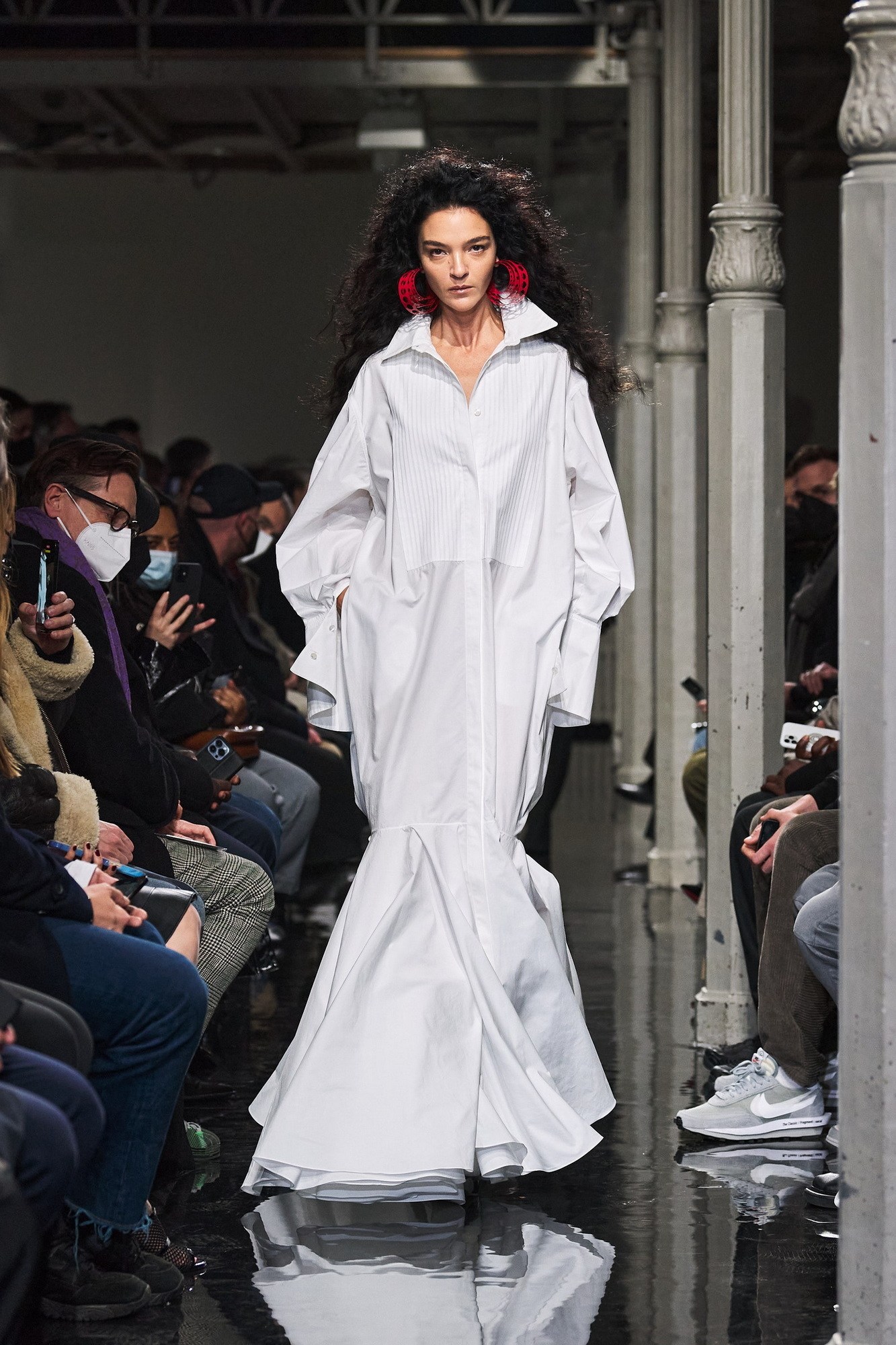


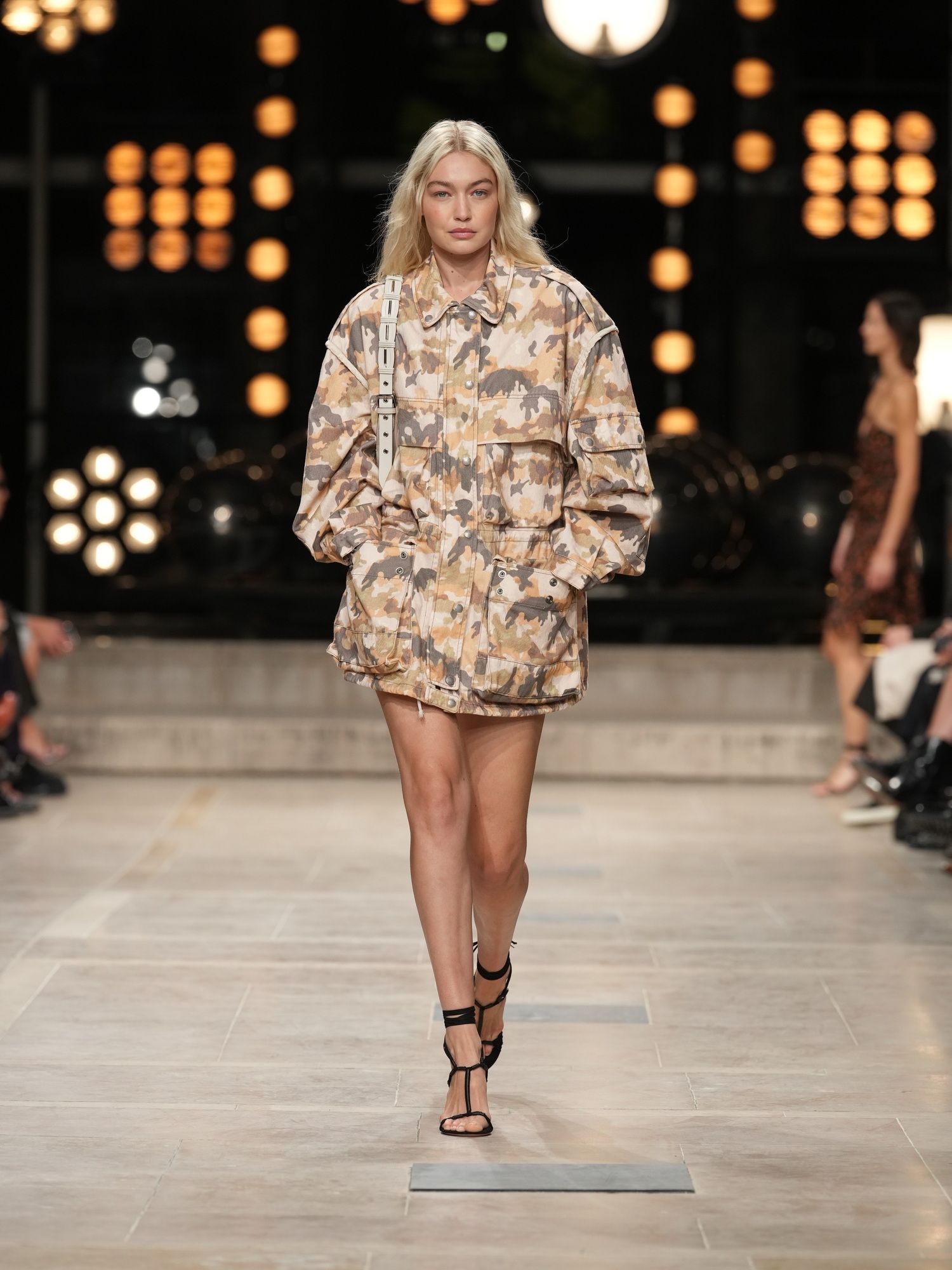
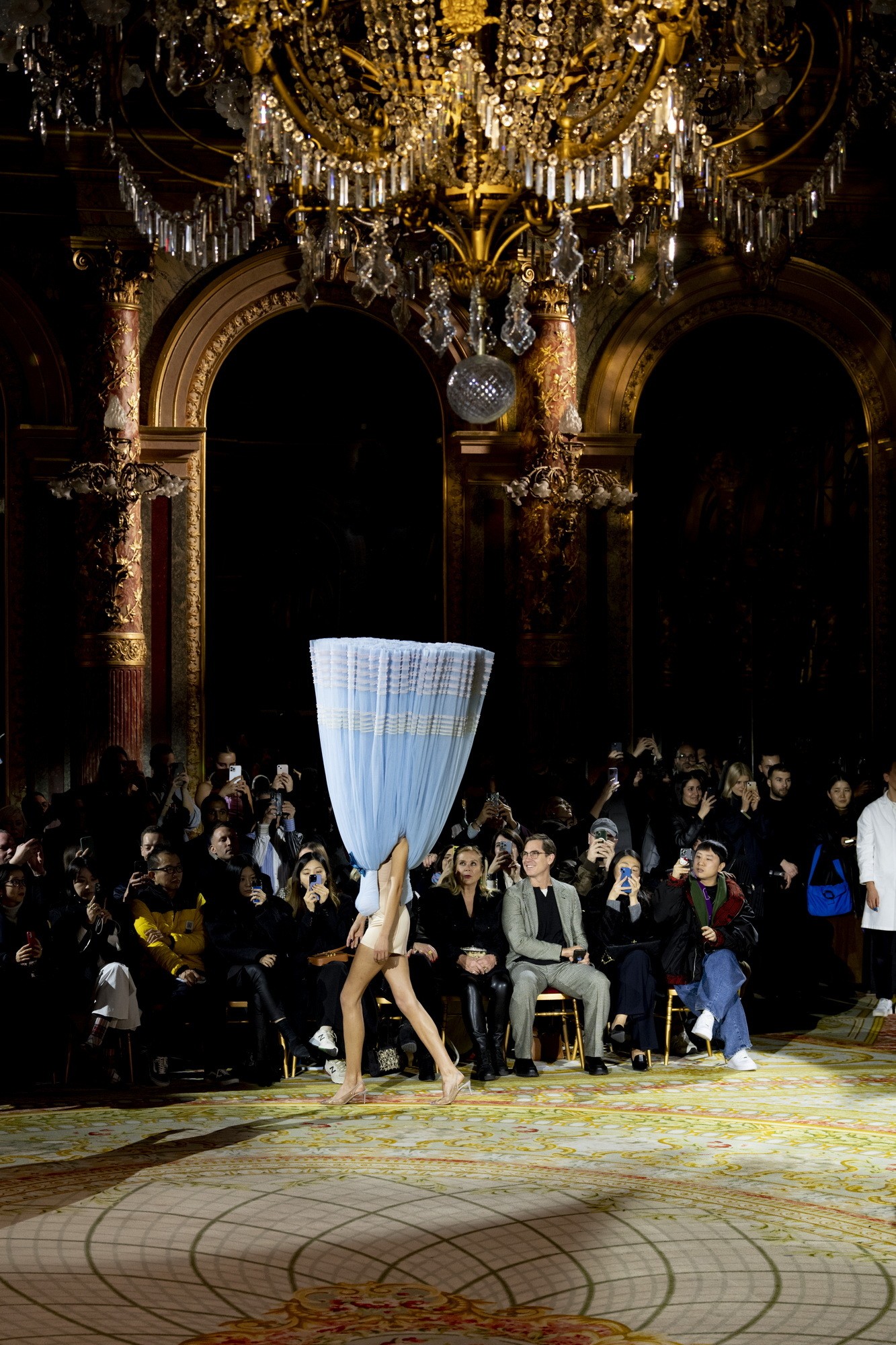

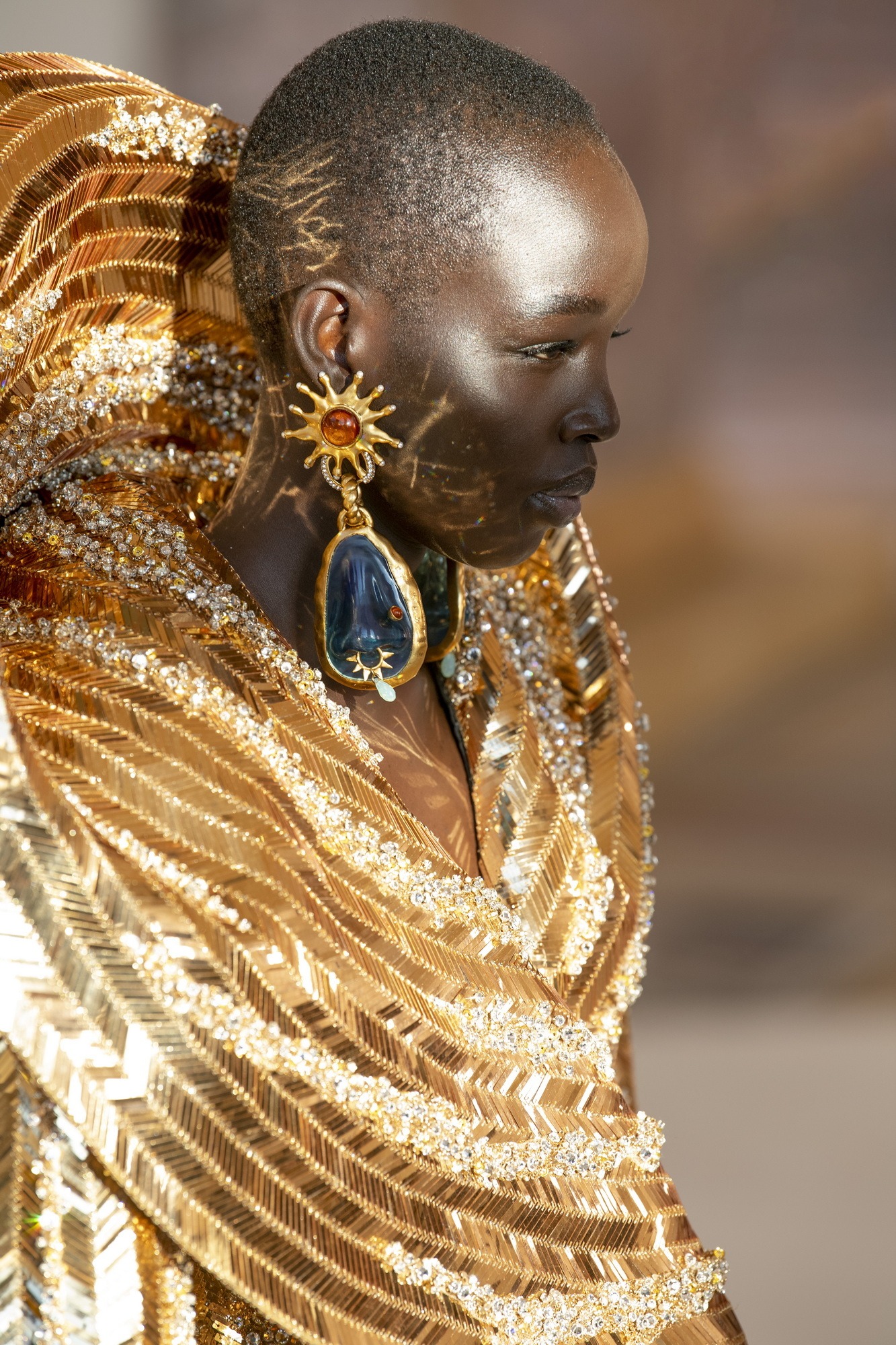


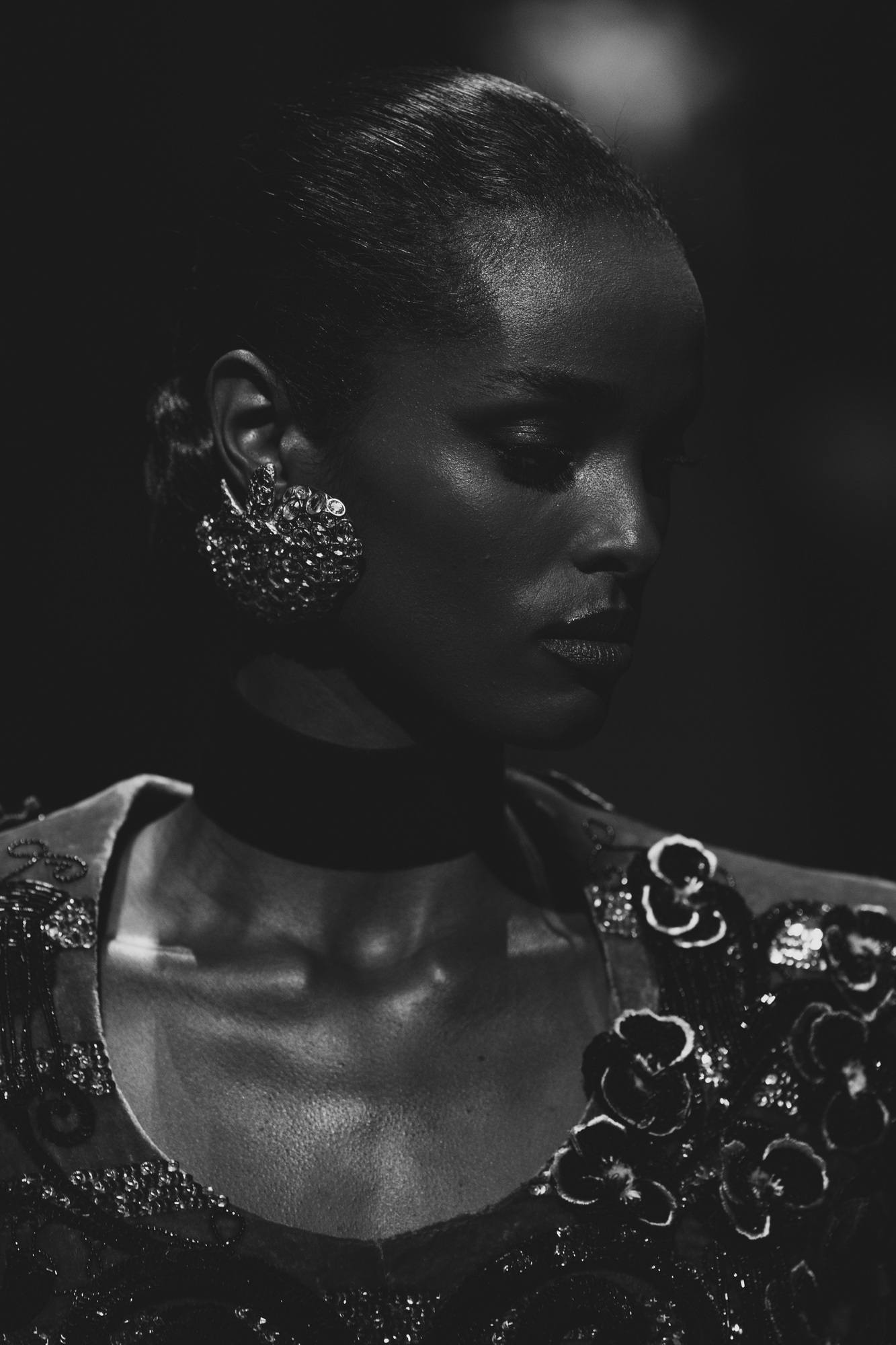

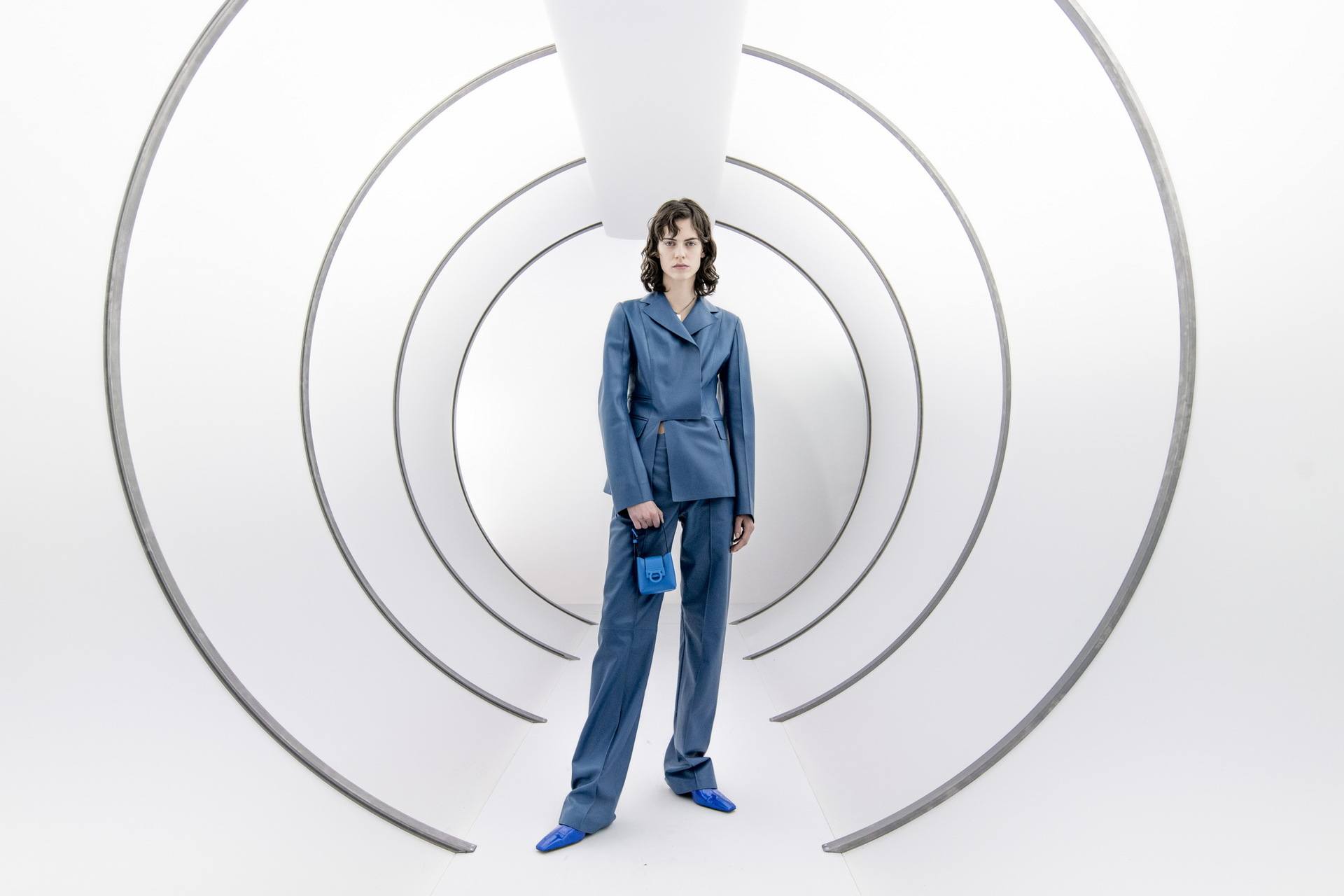

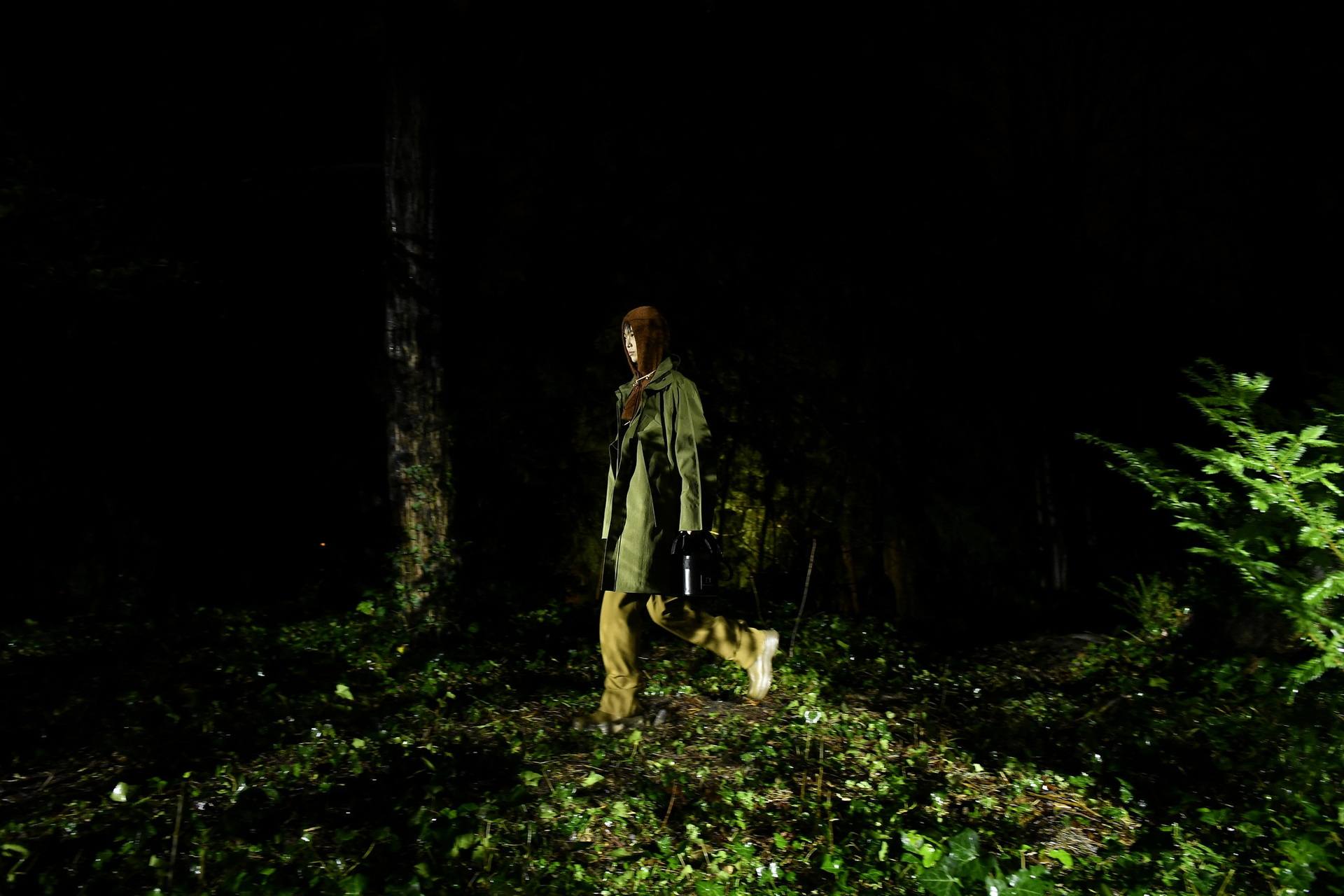

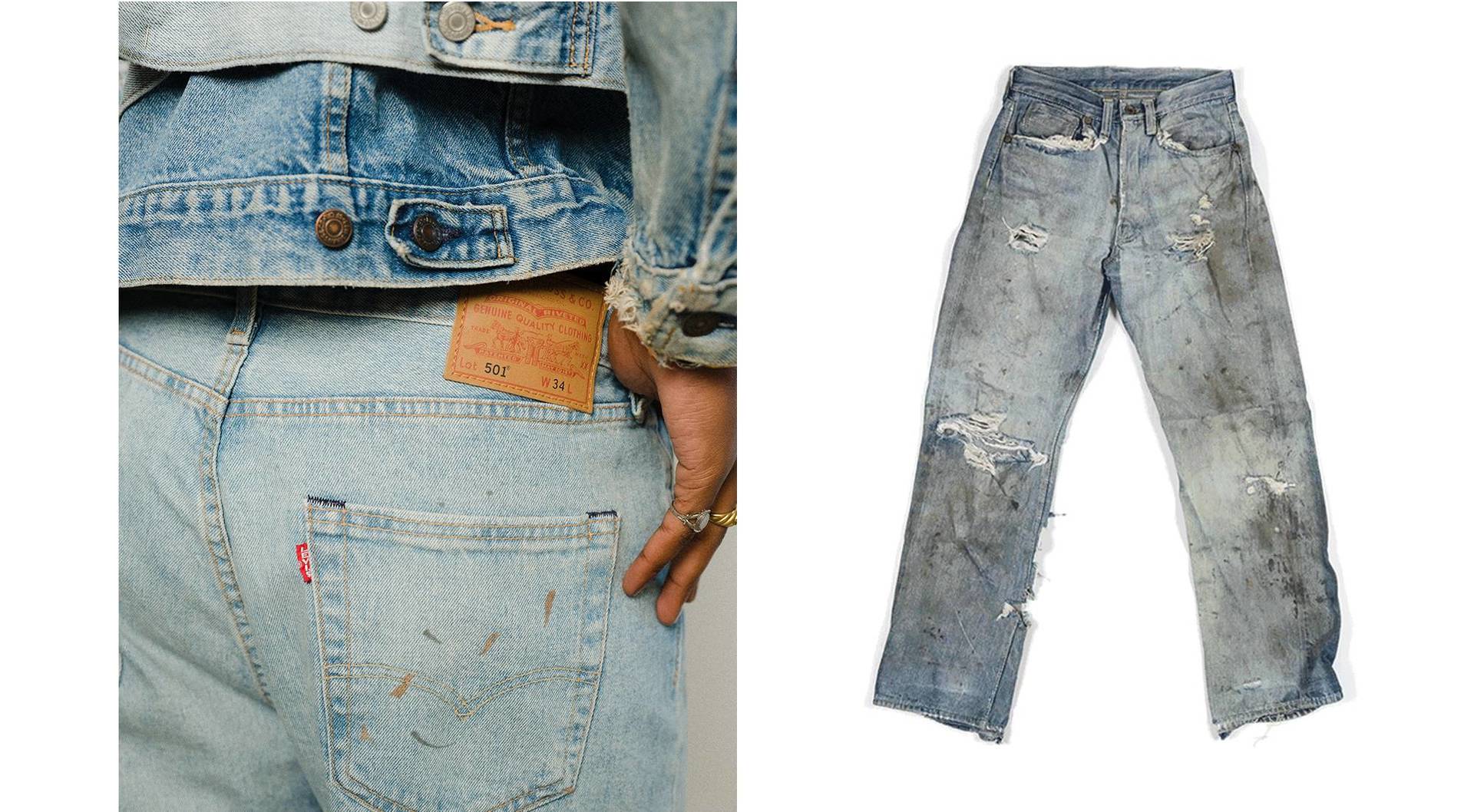
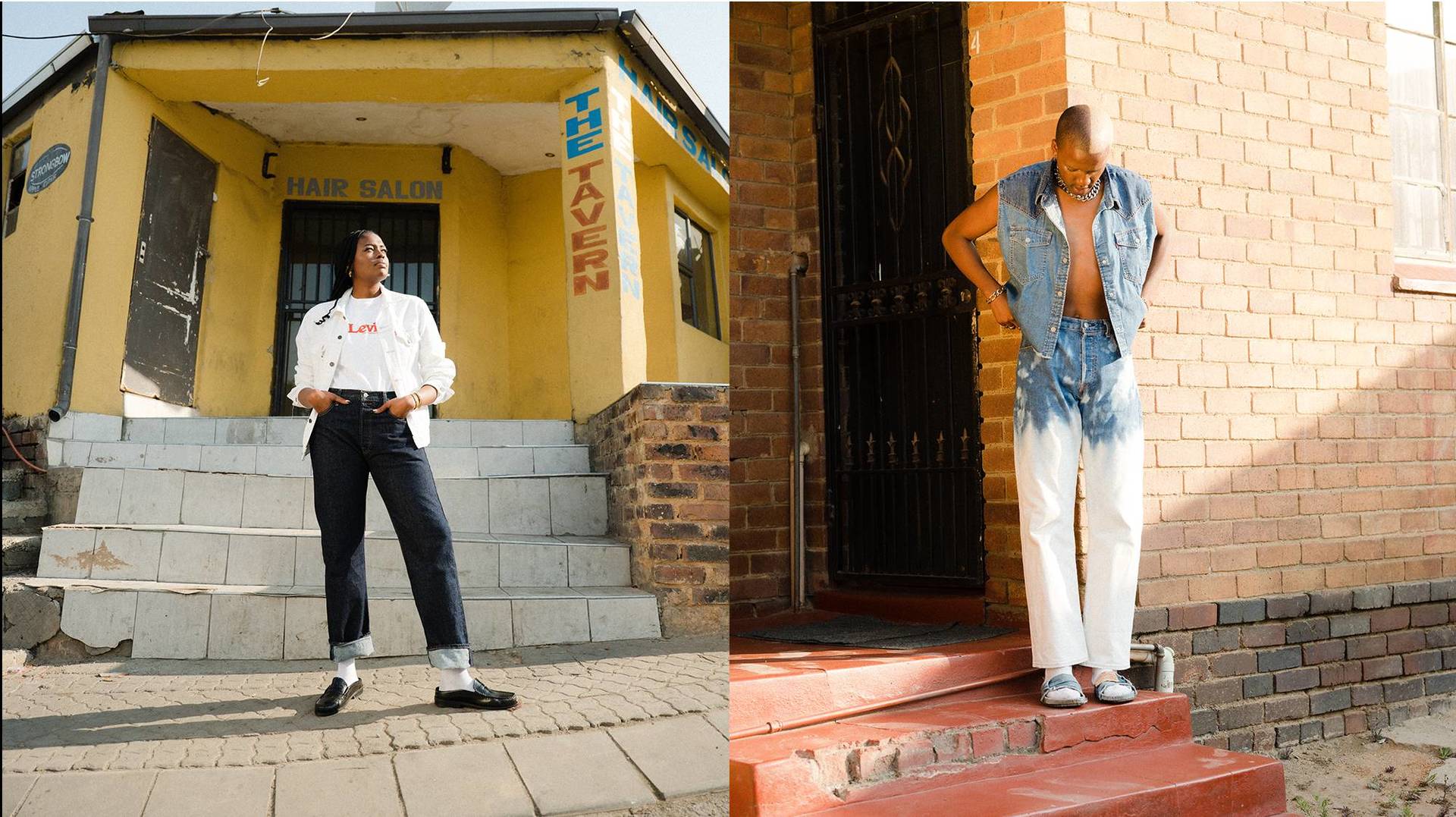

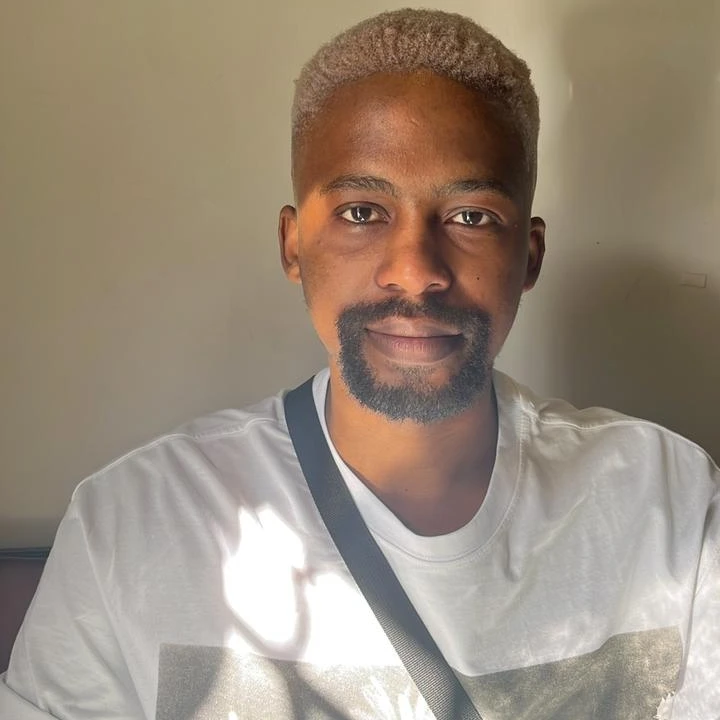
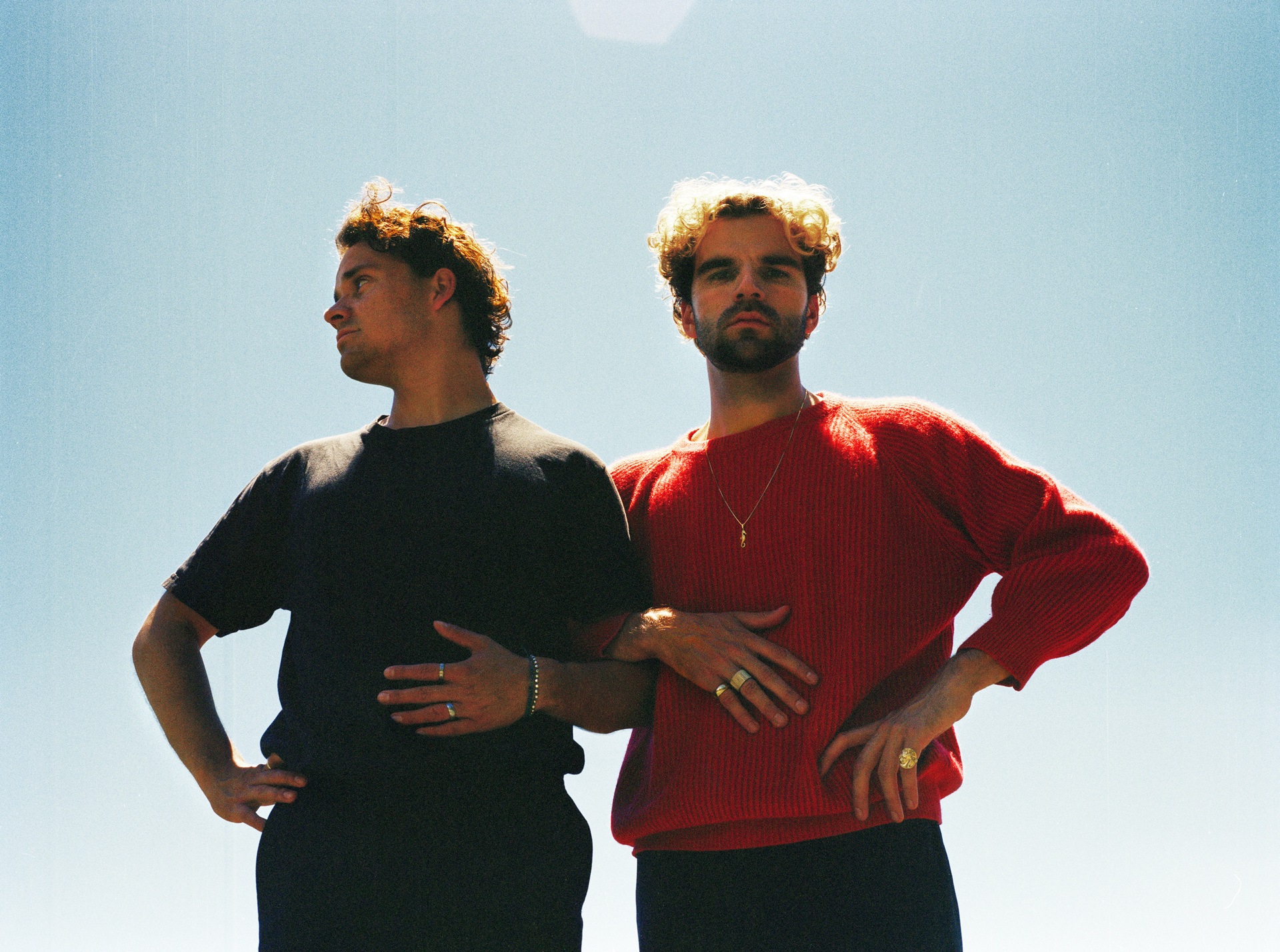


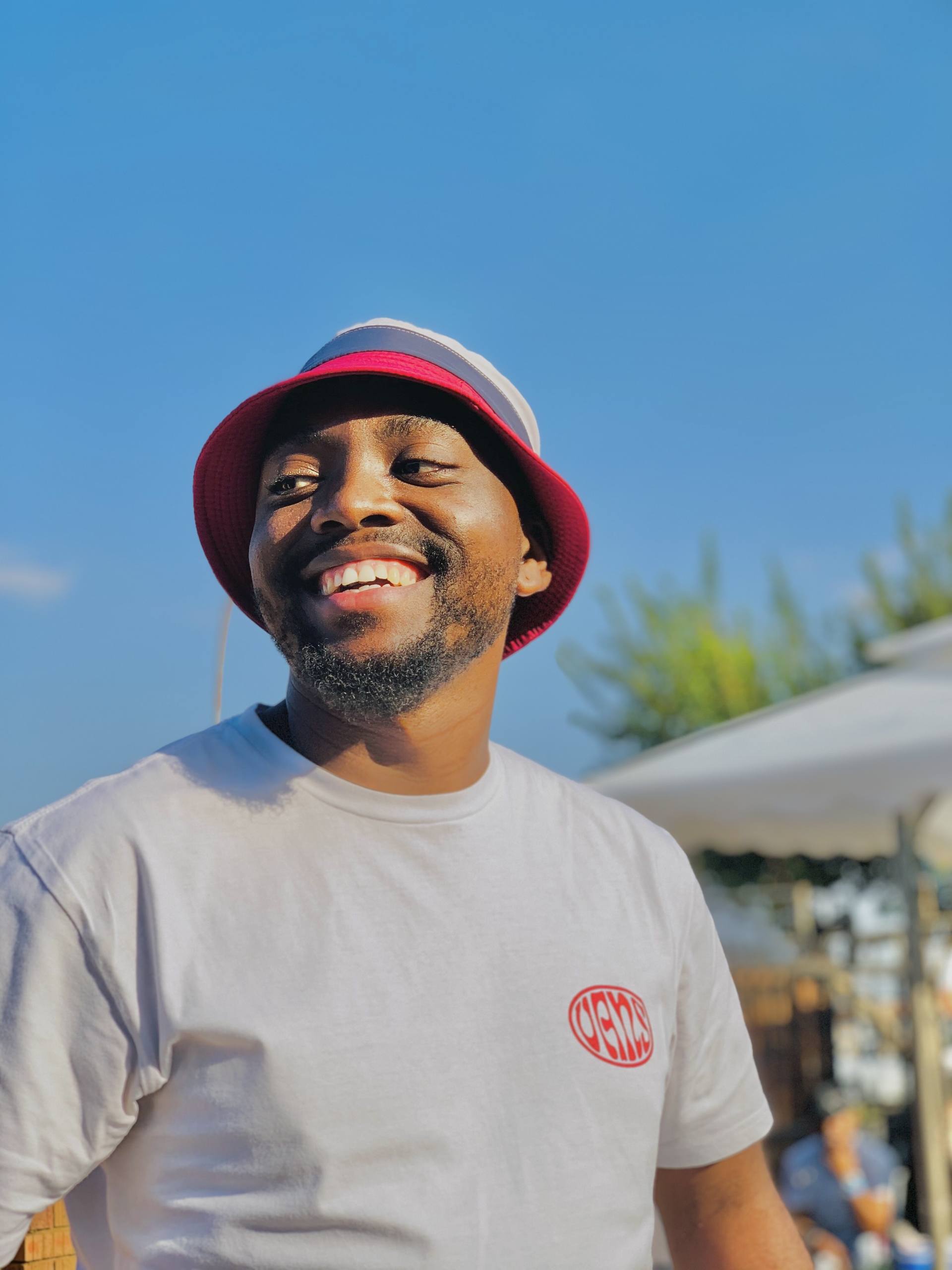

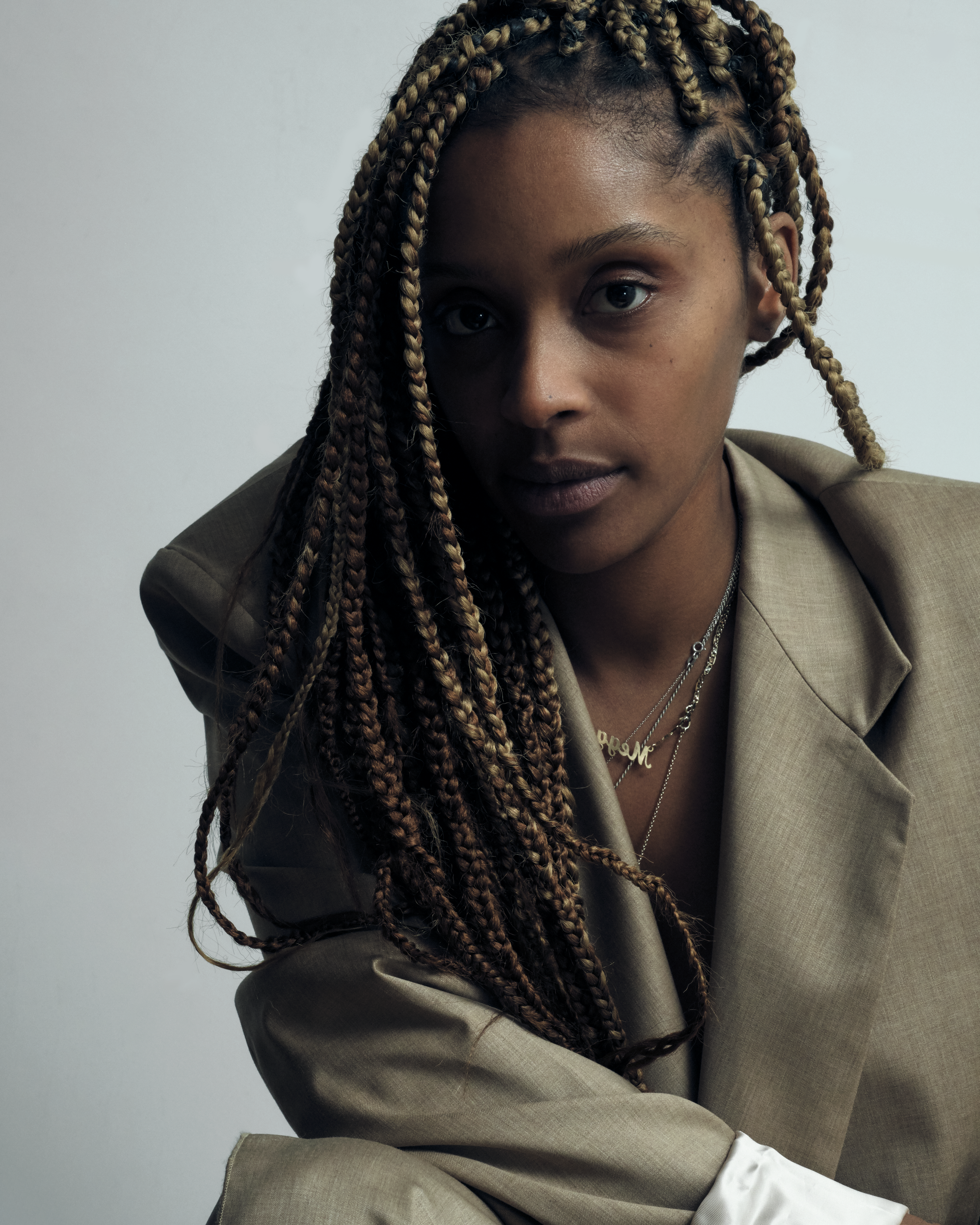

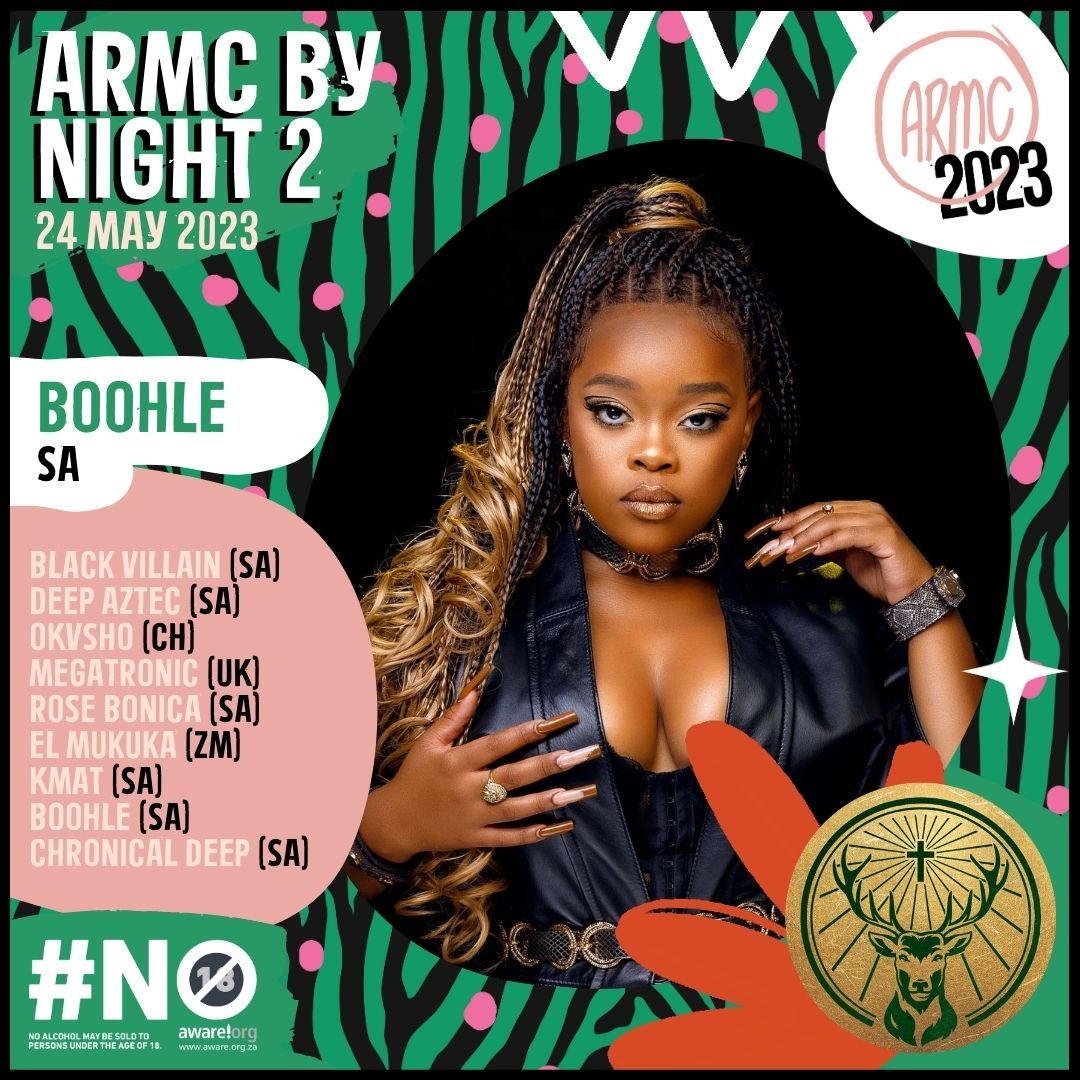
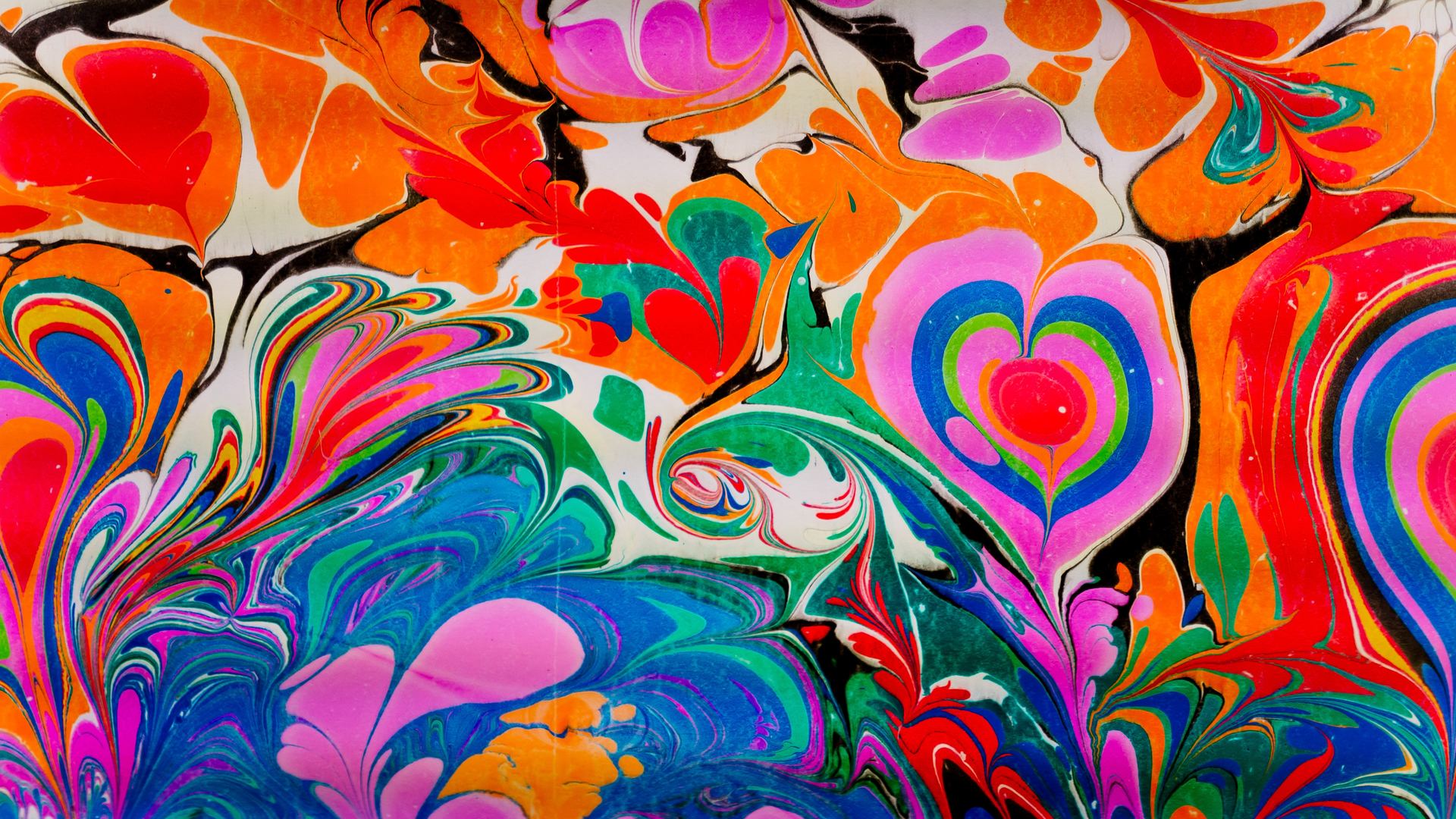
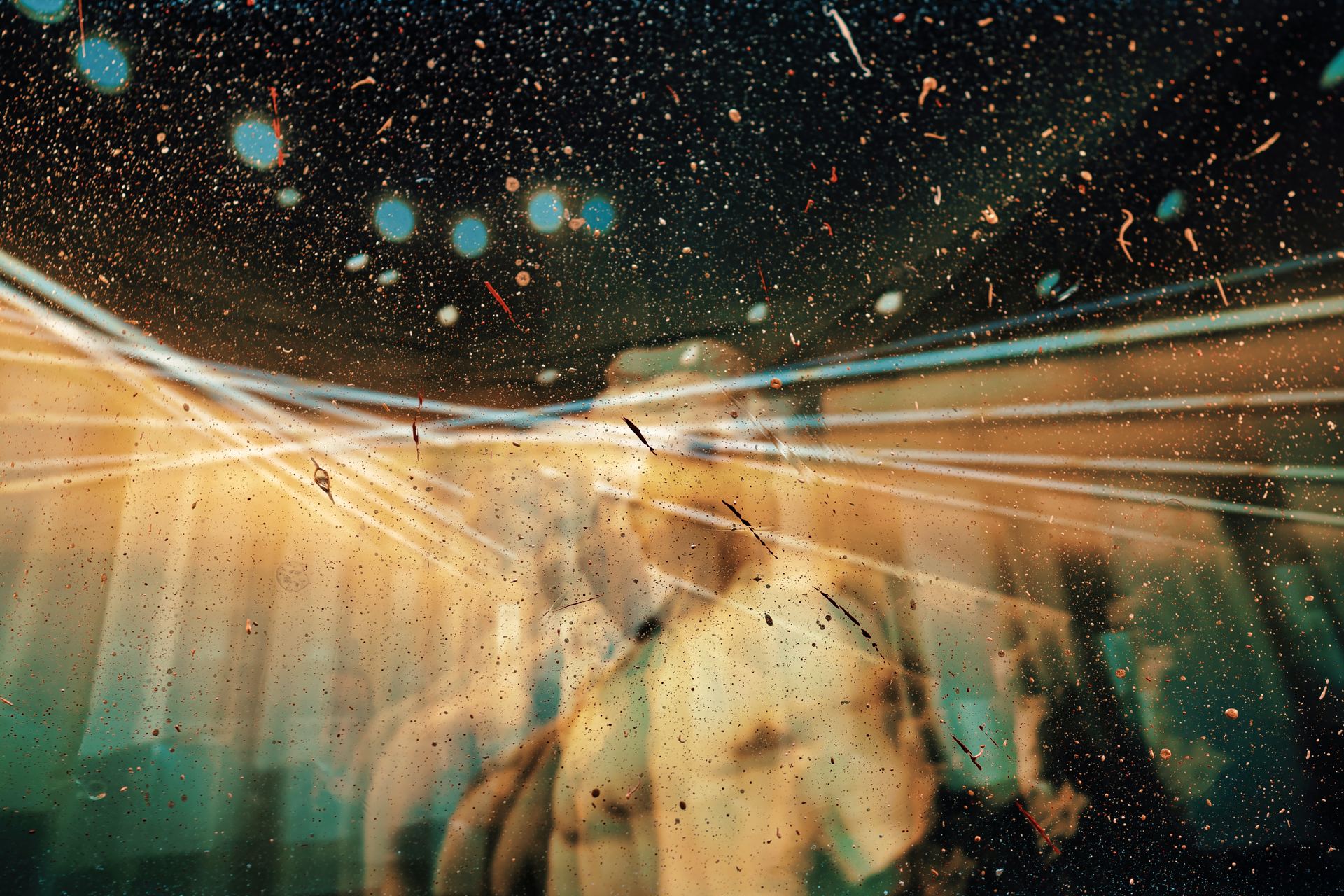

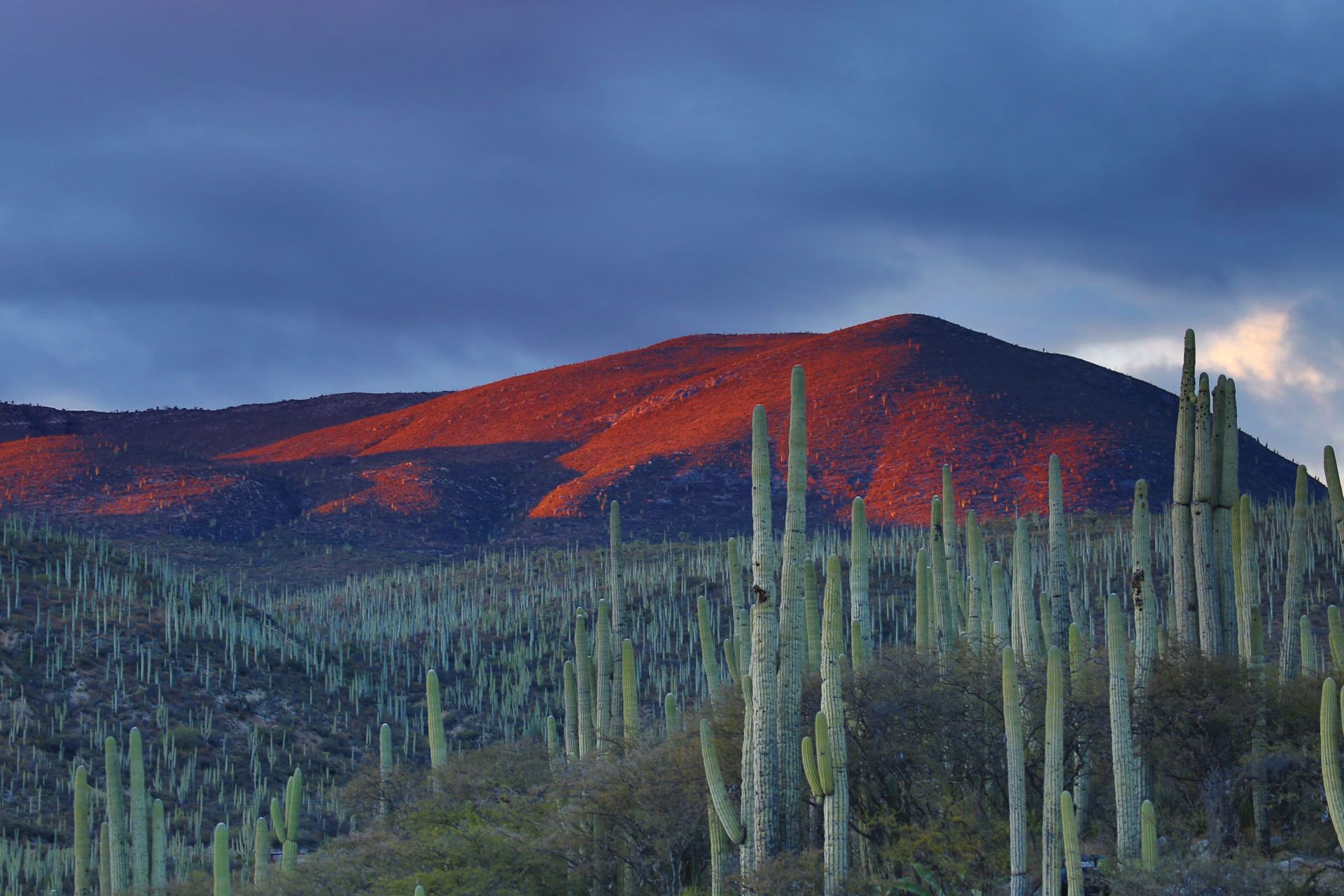
Recent Comments